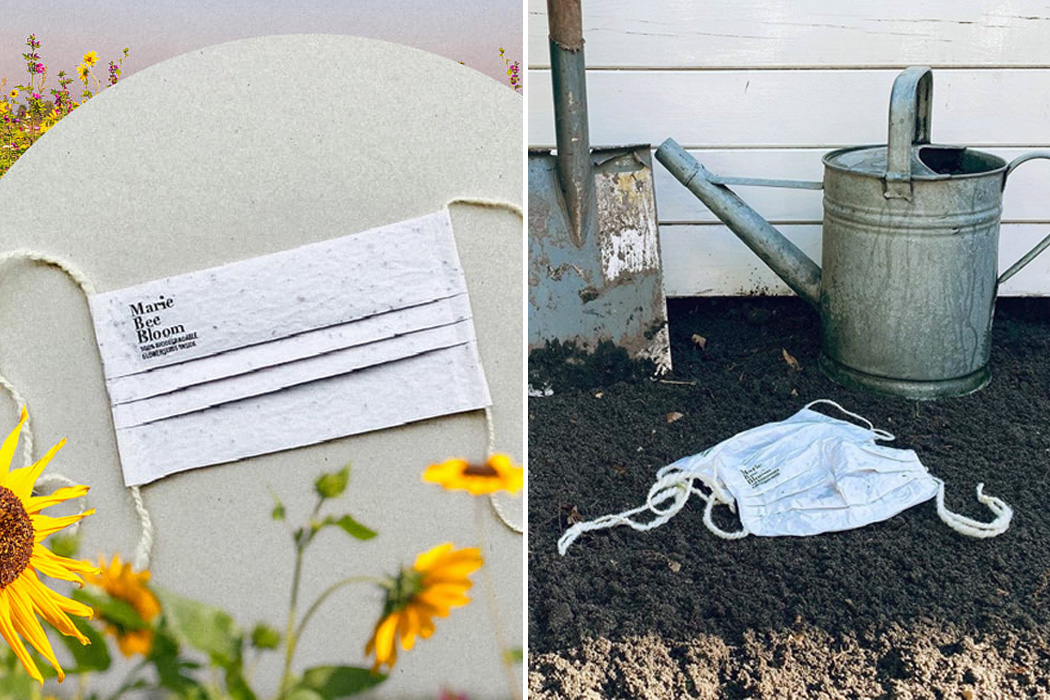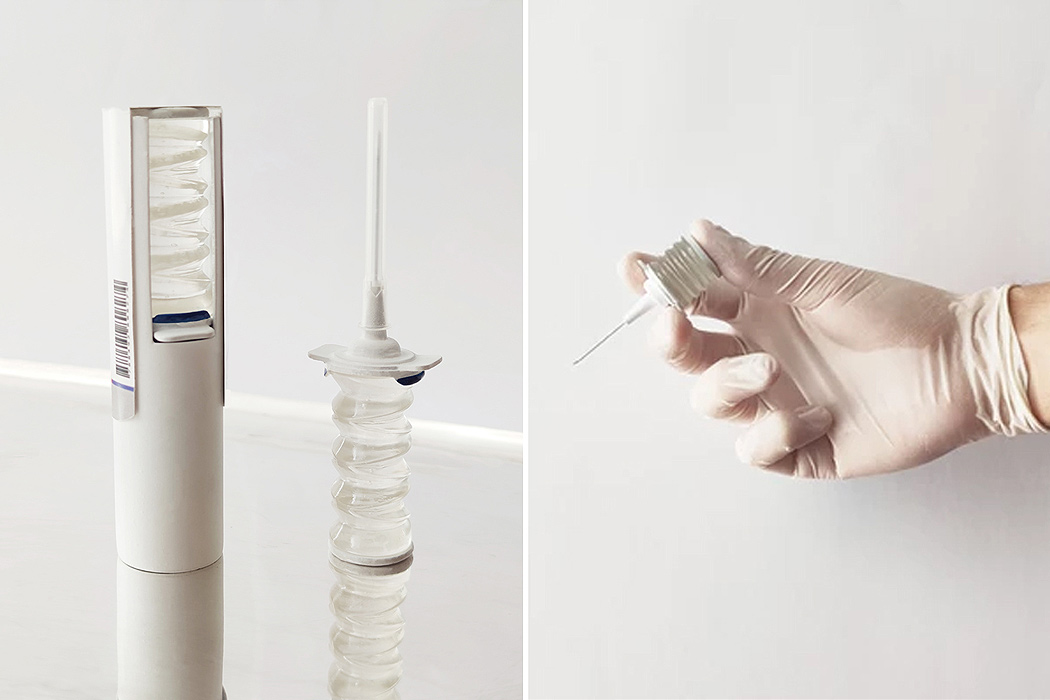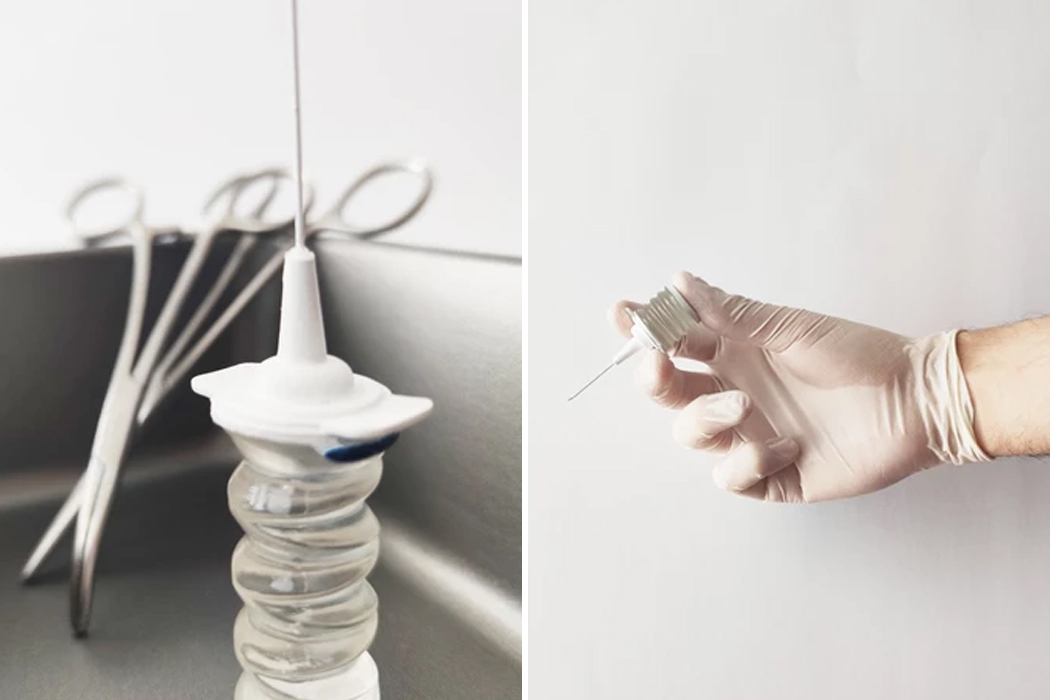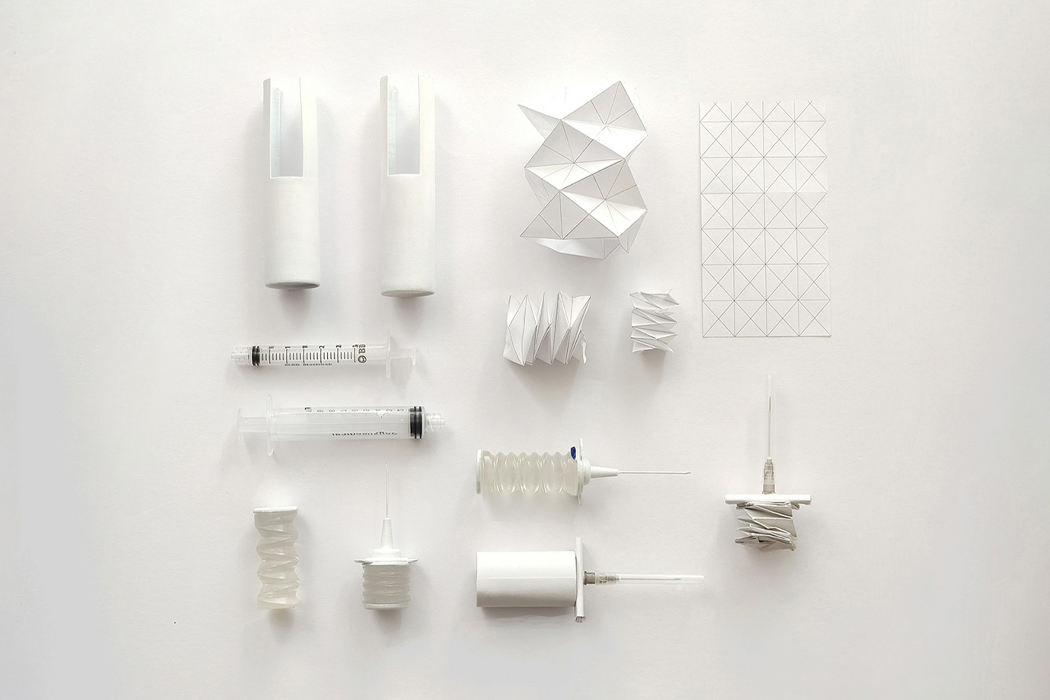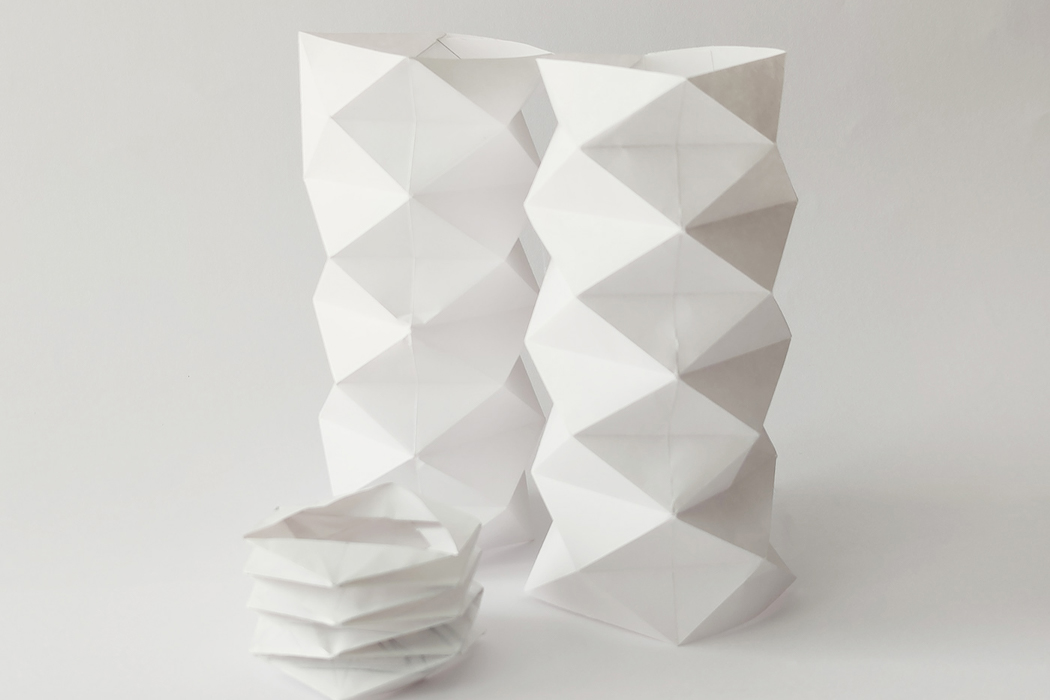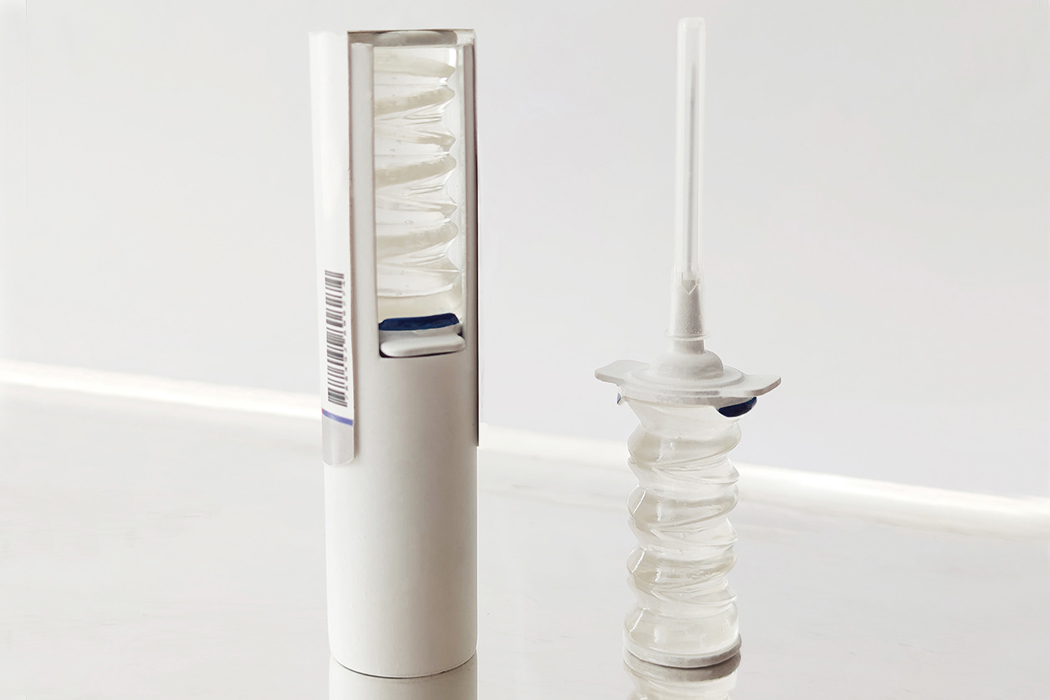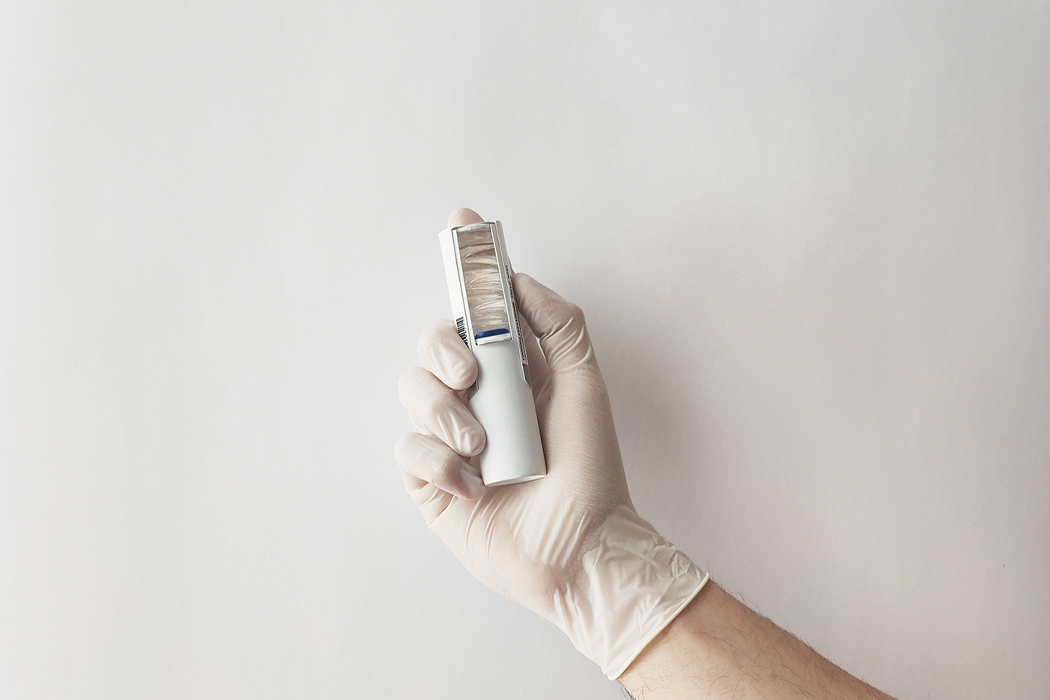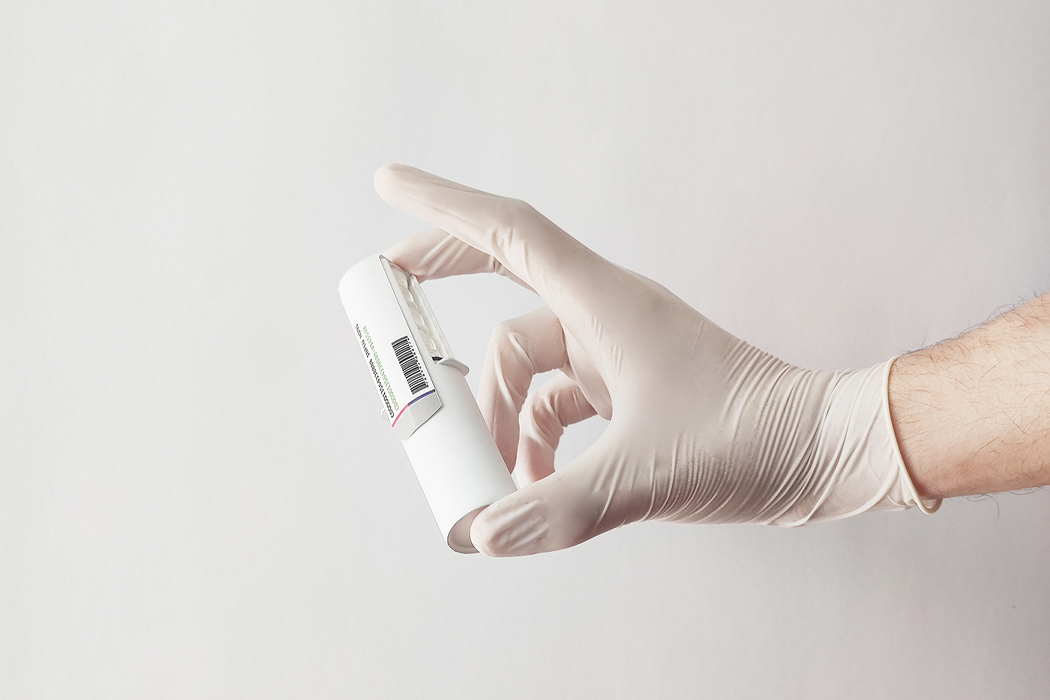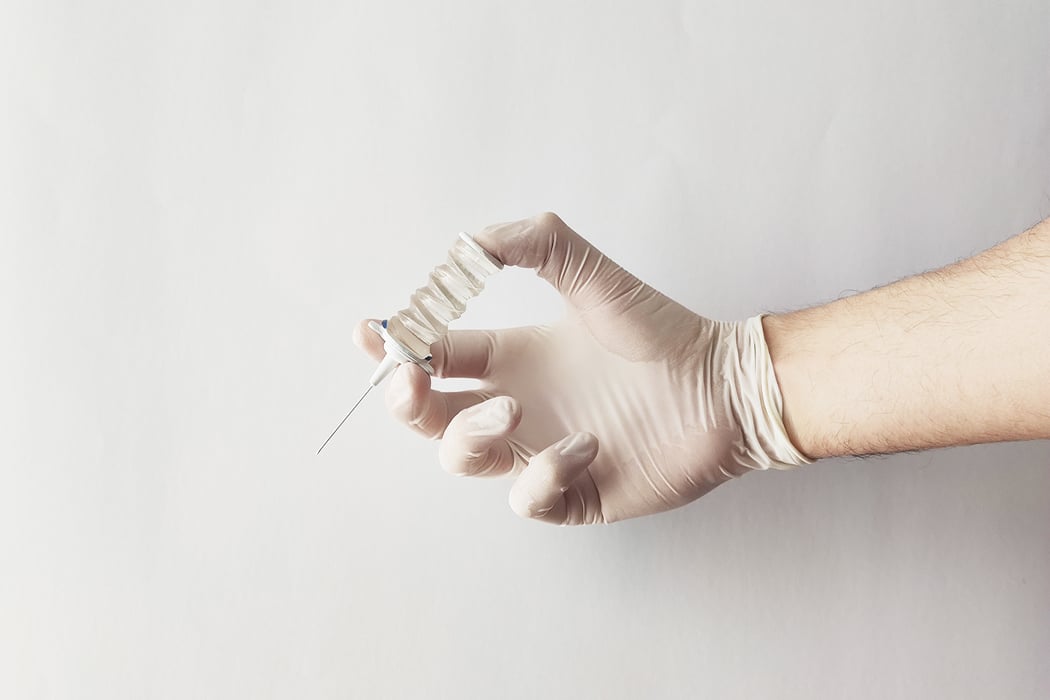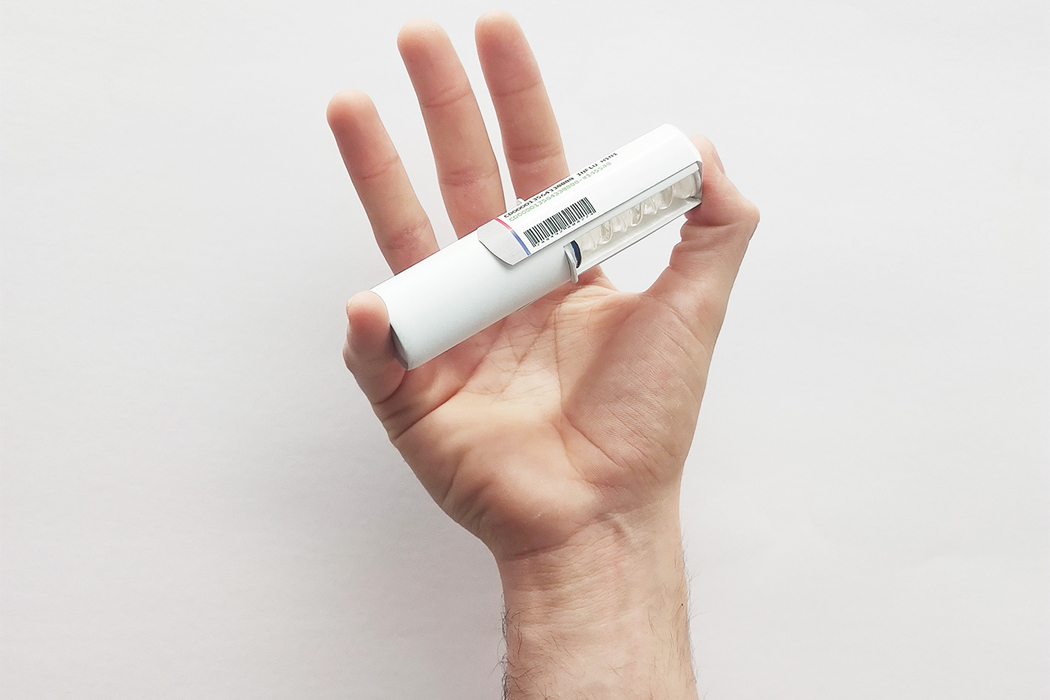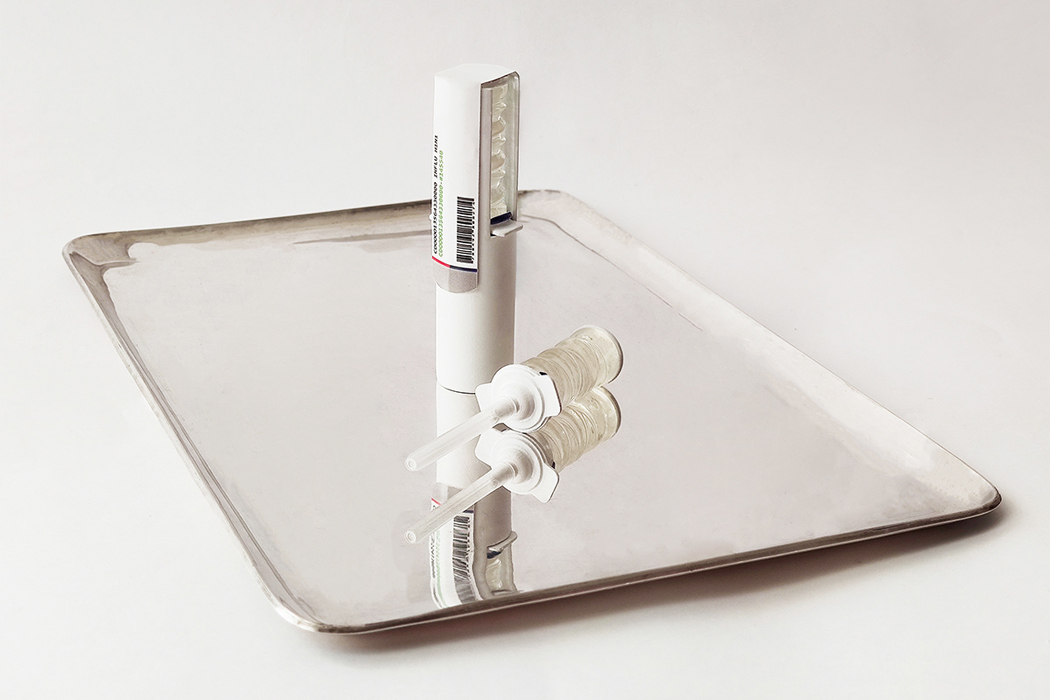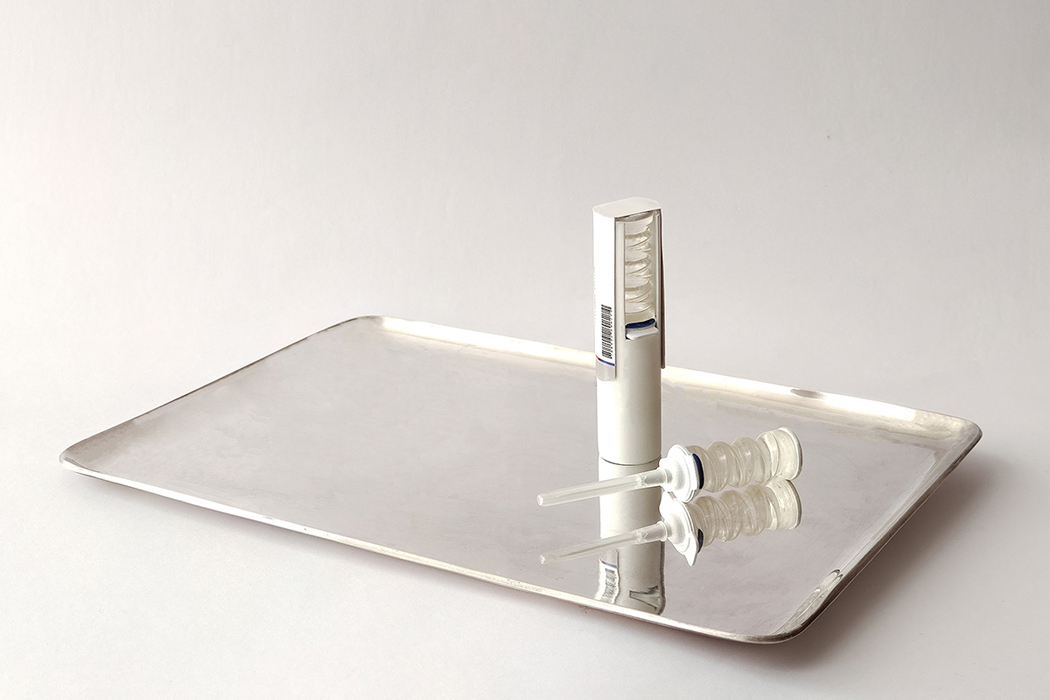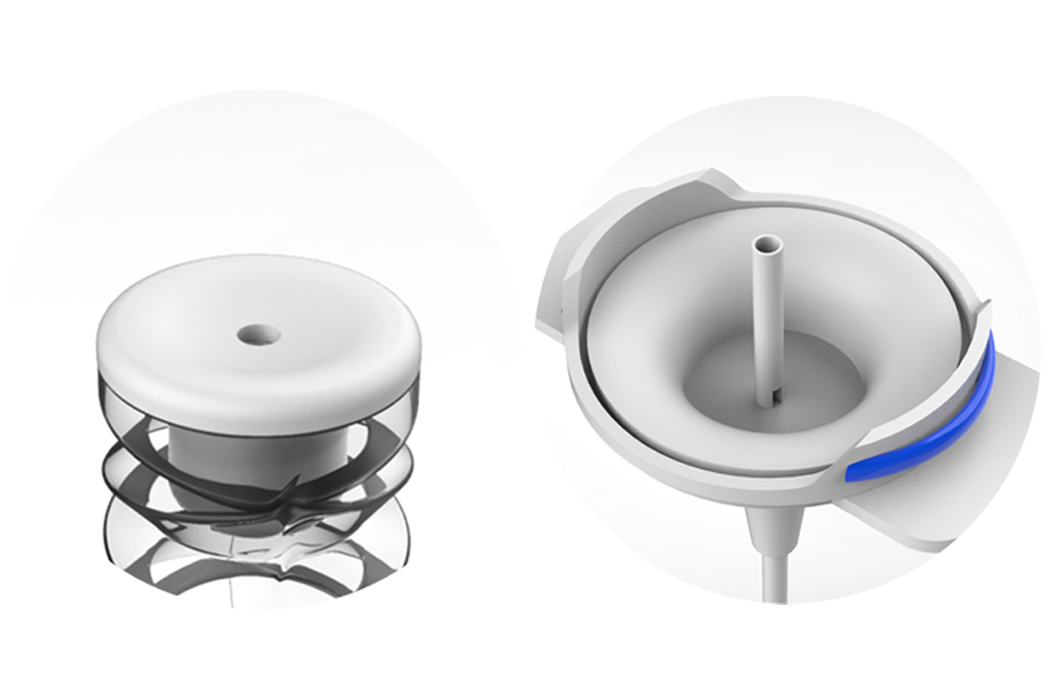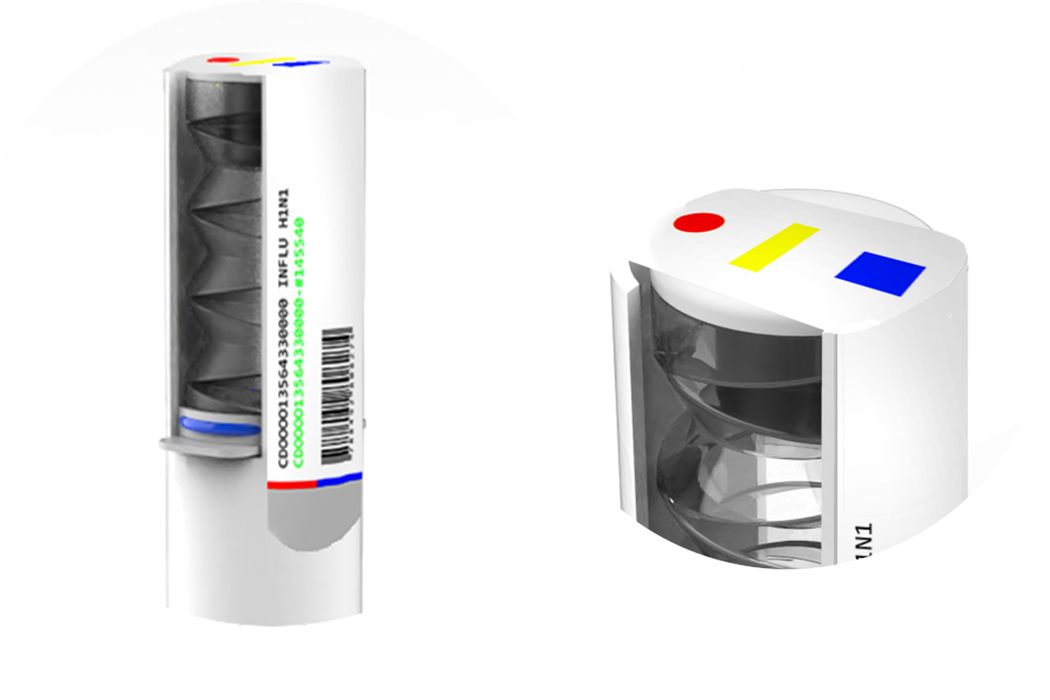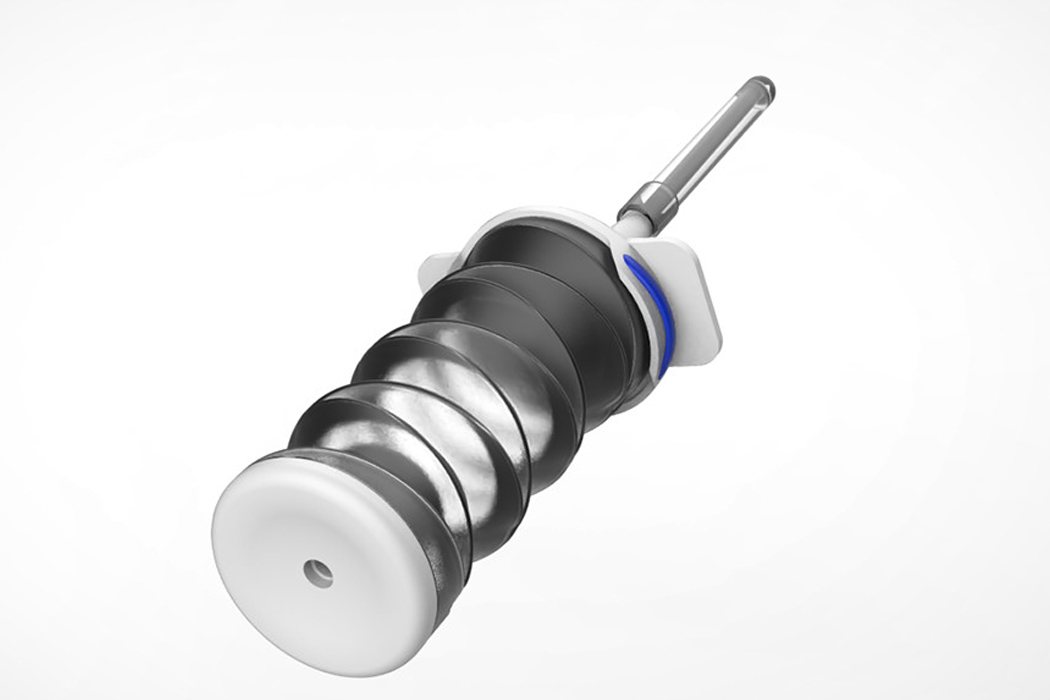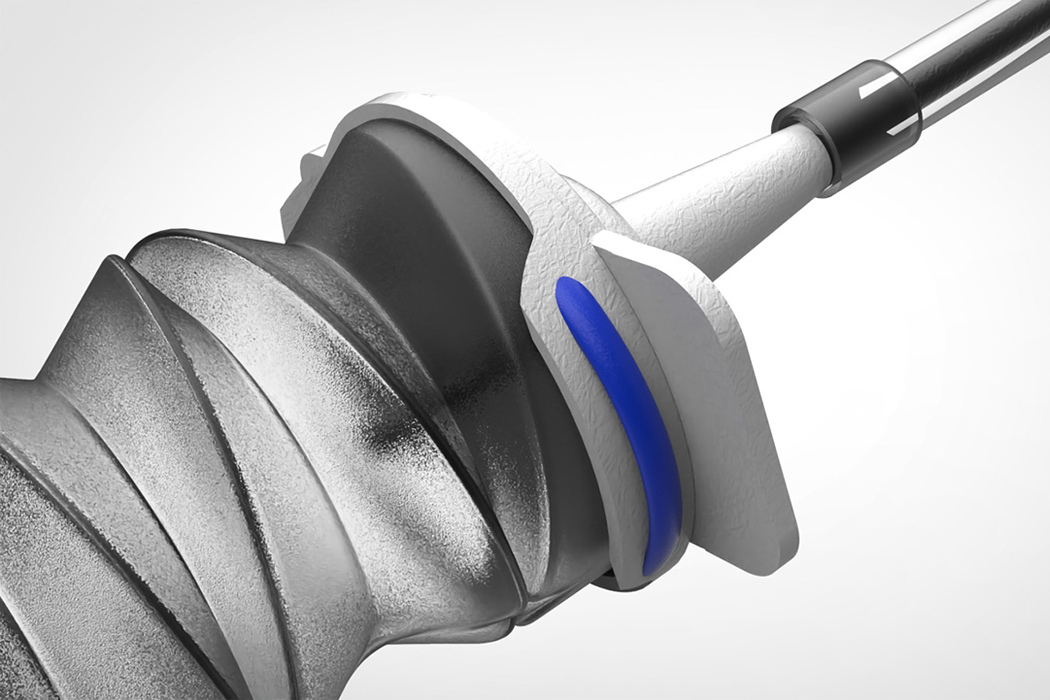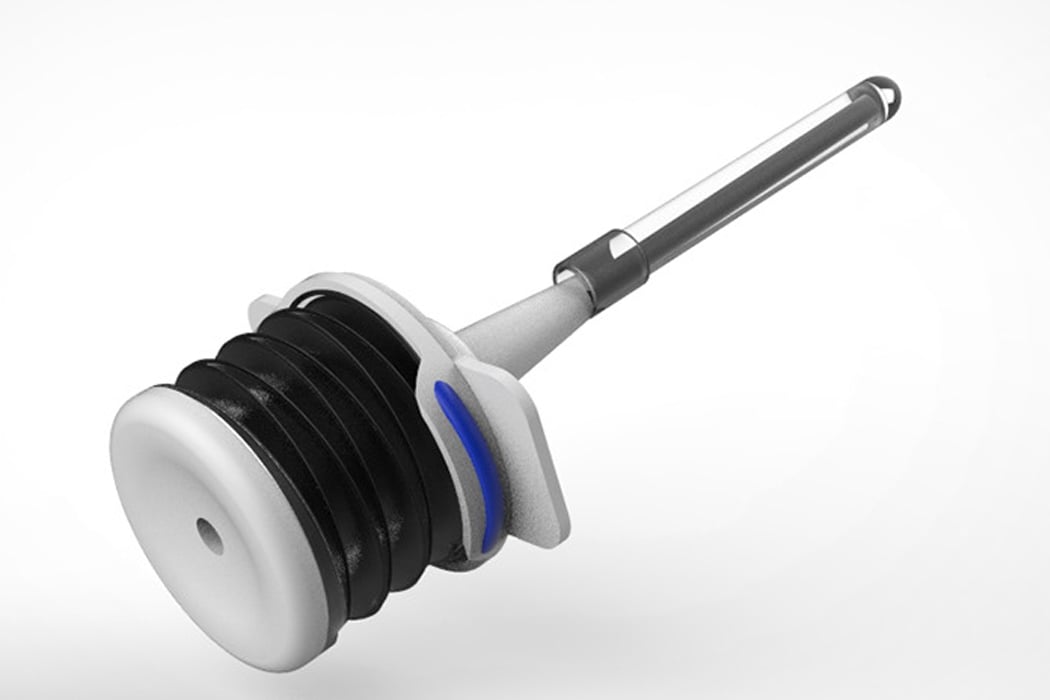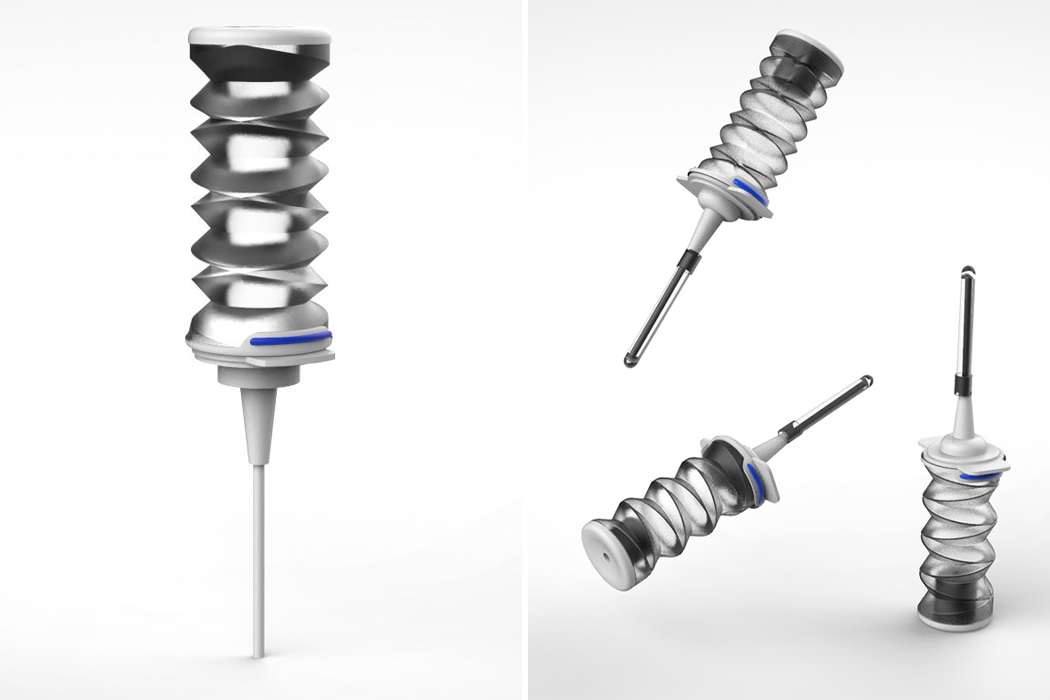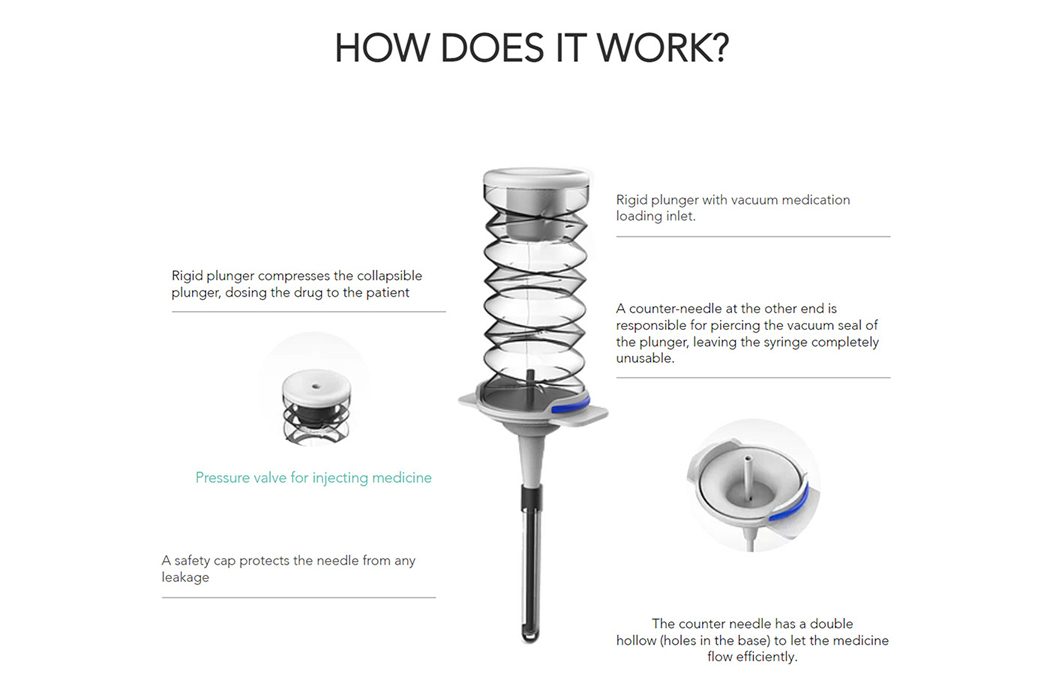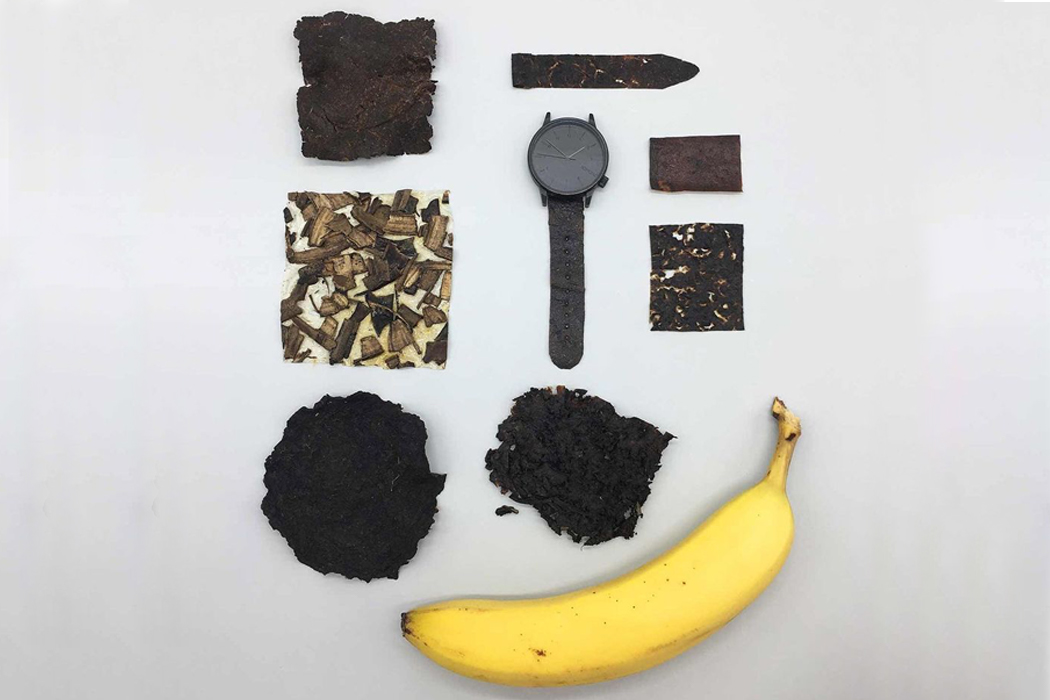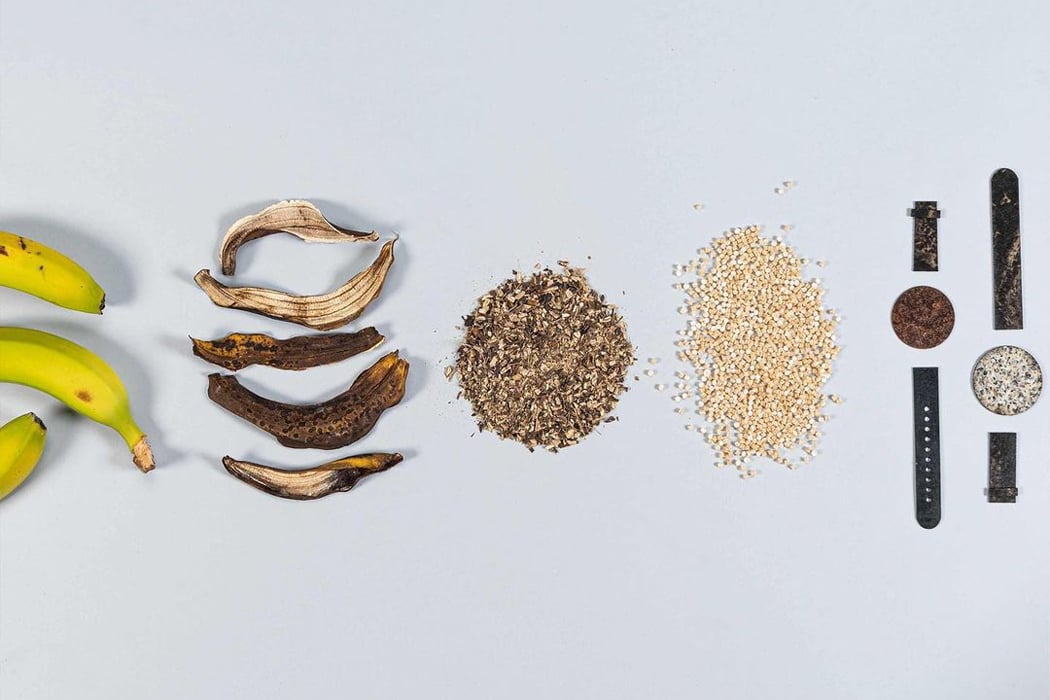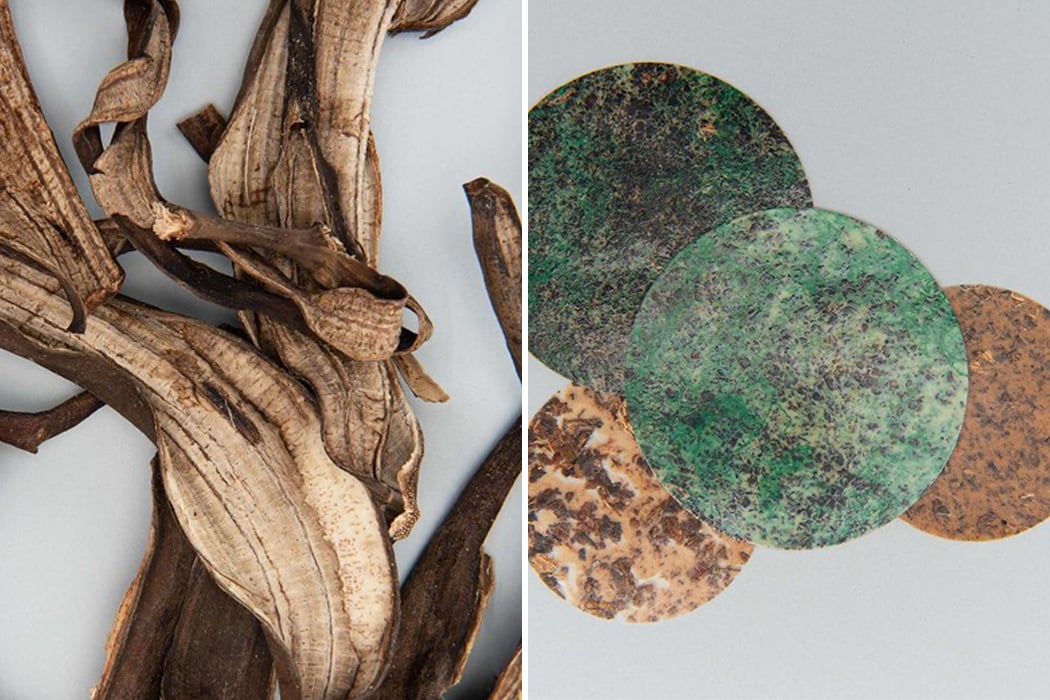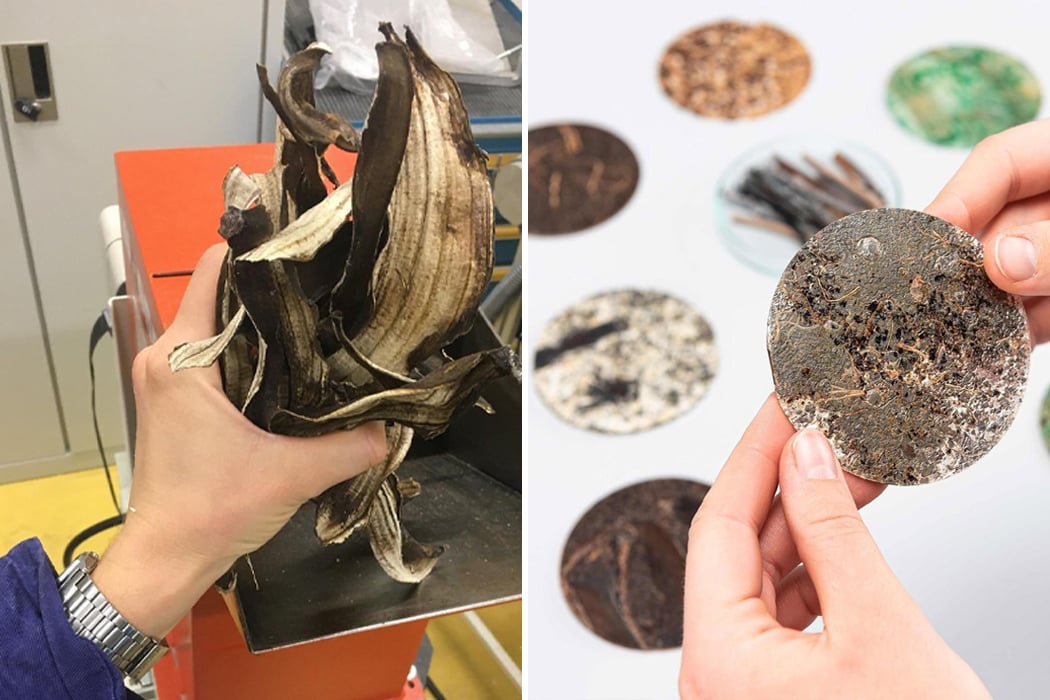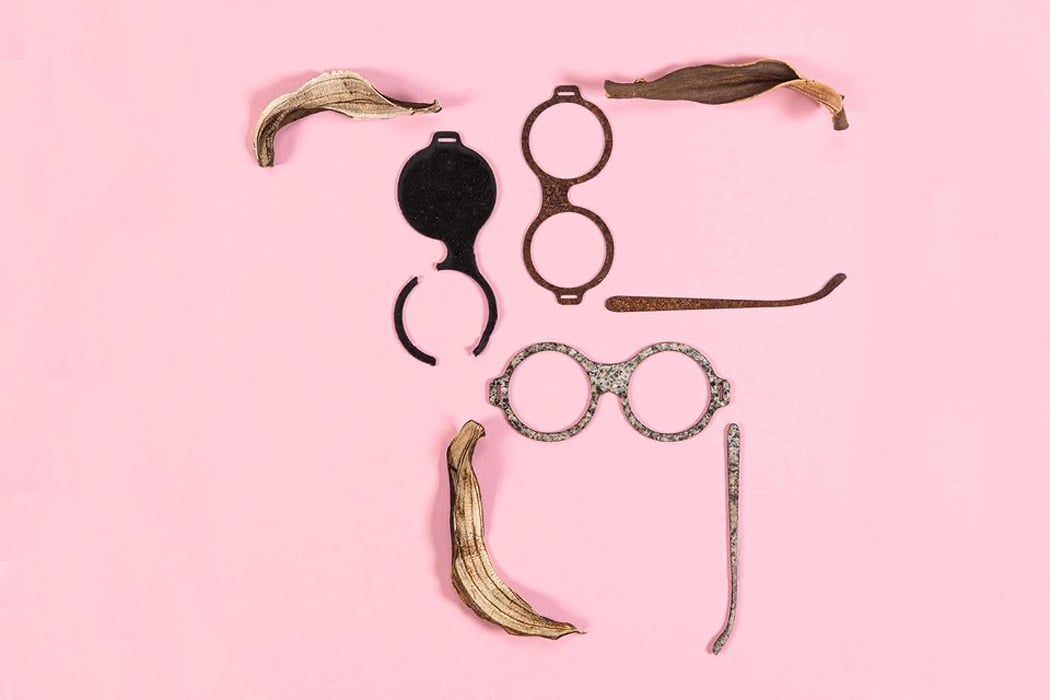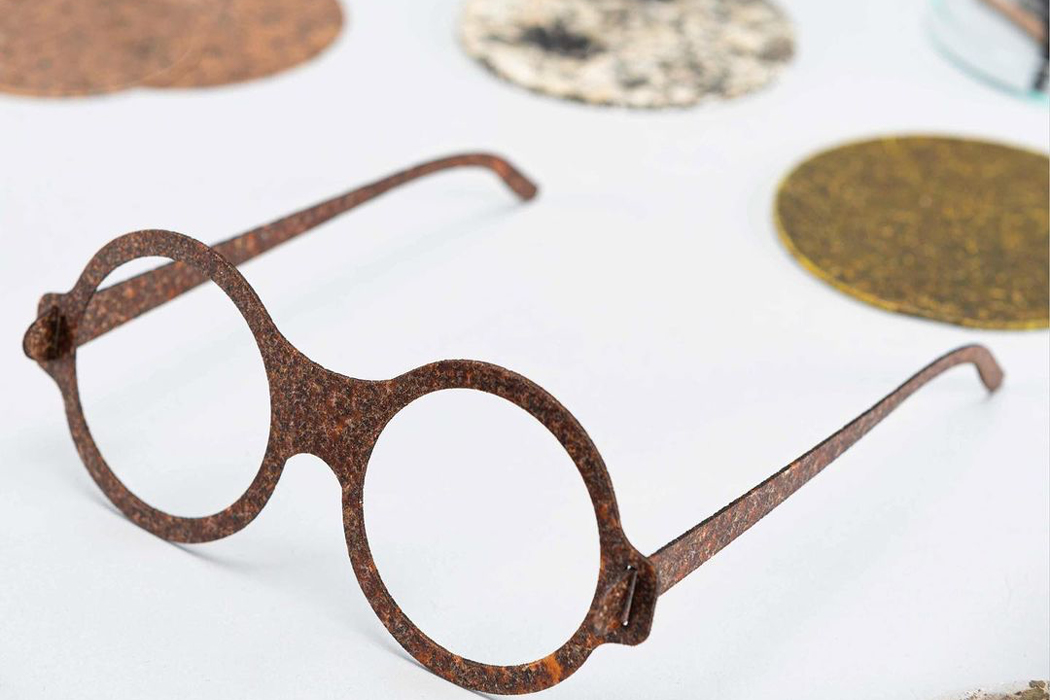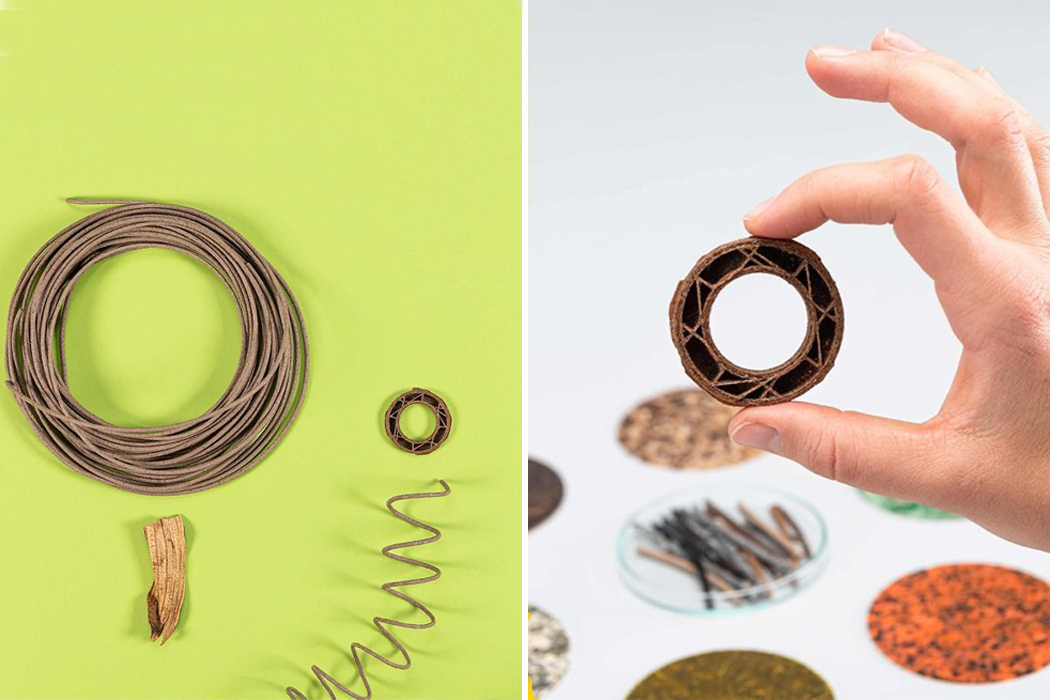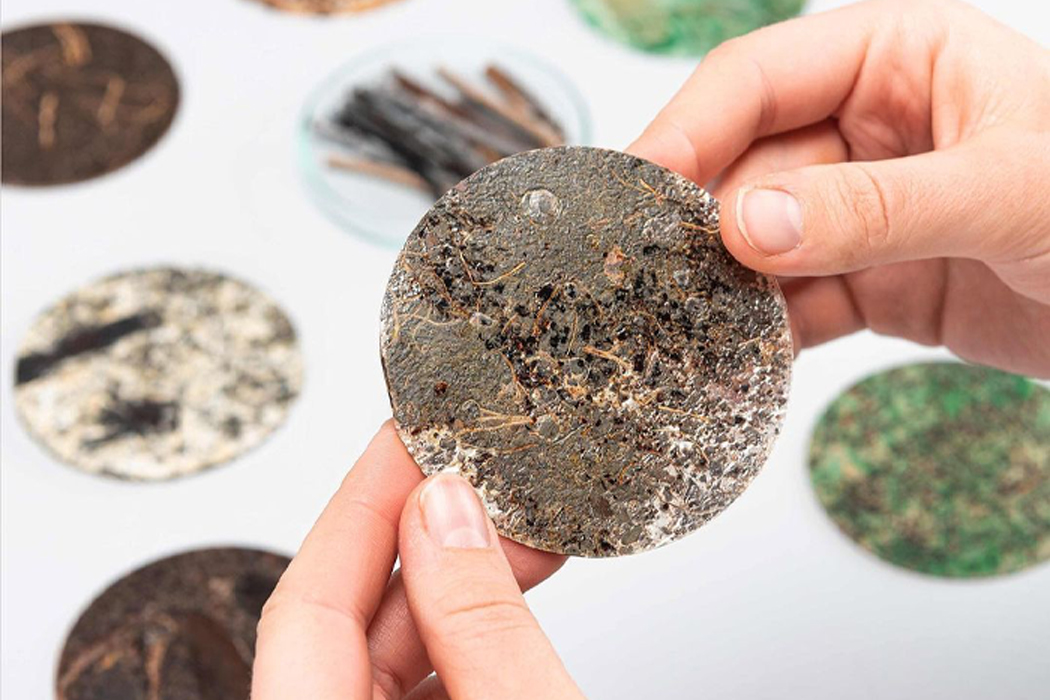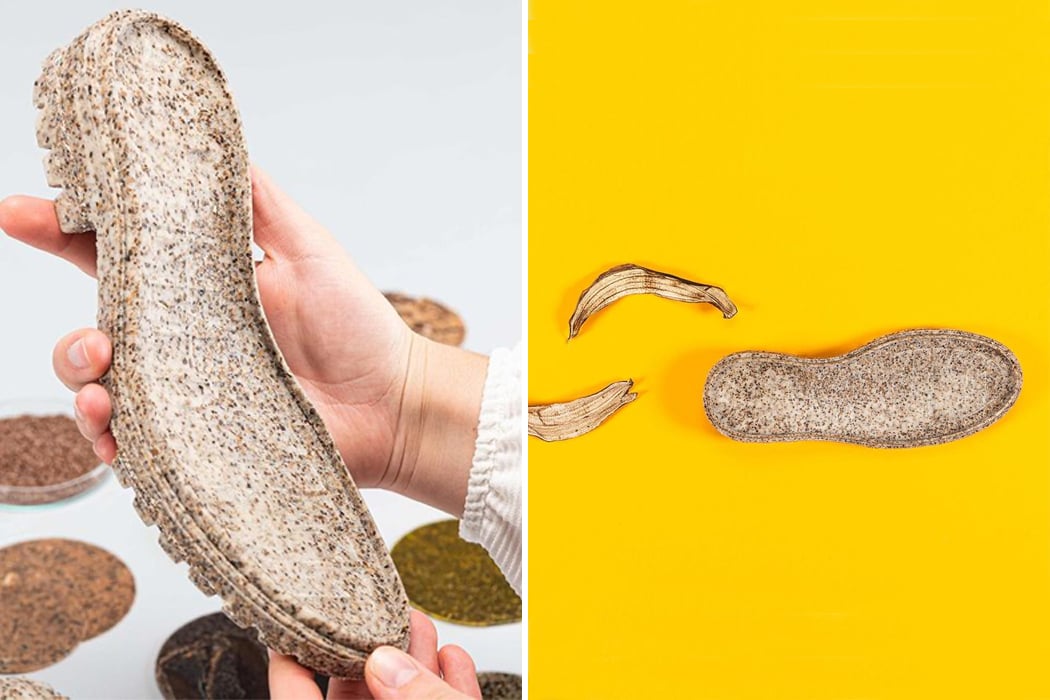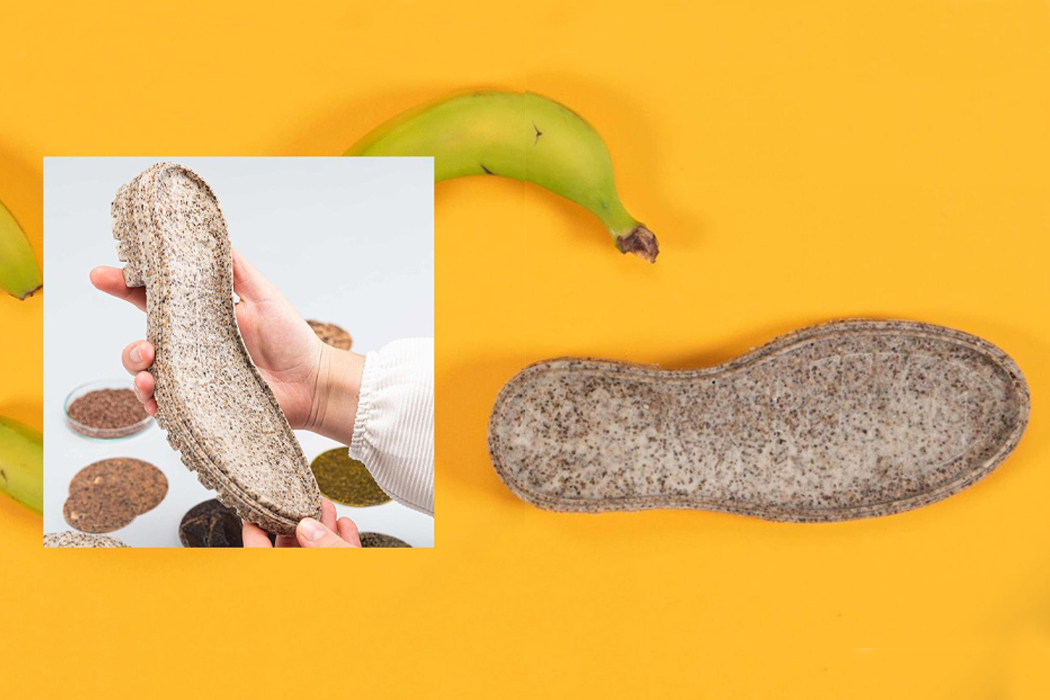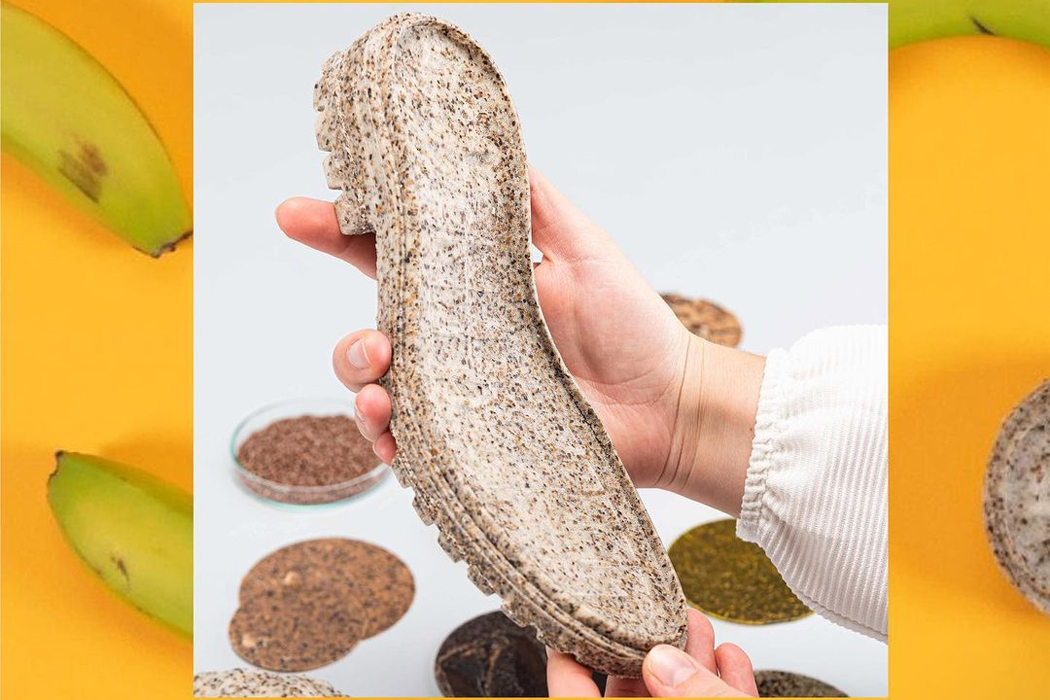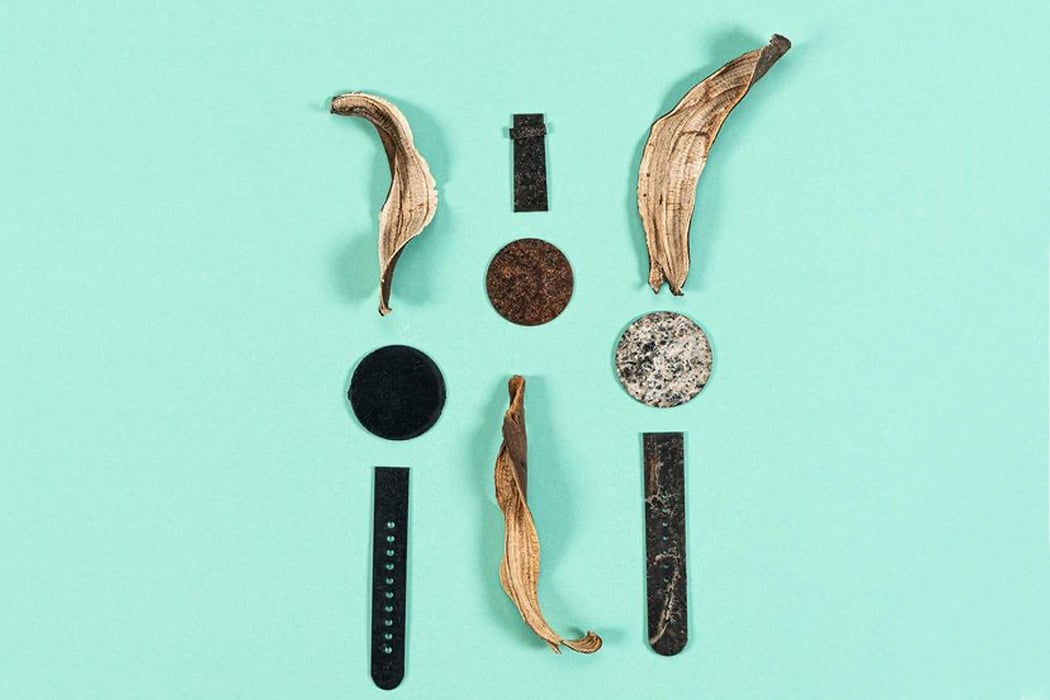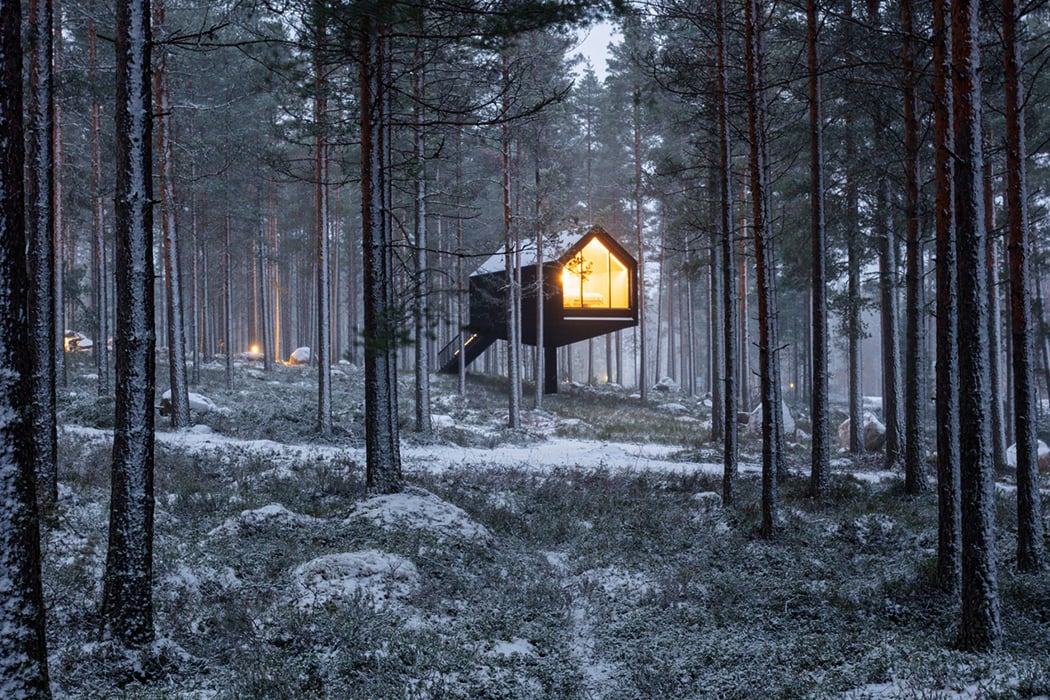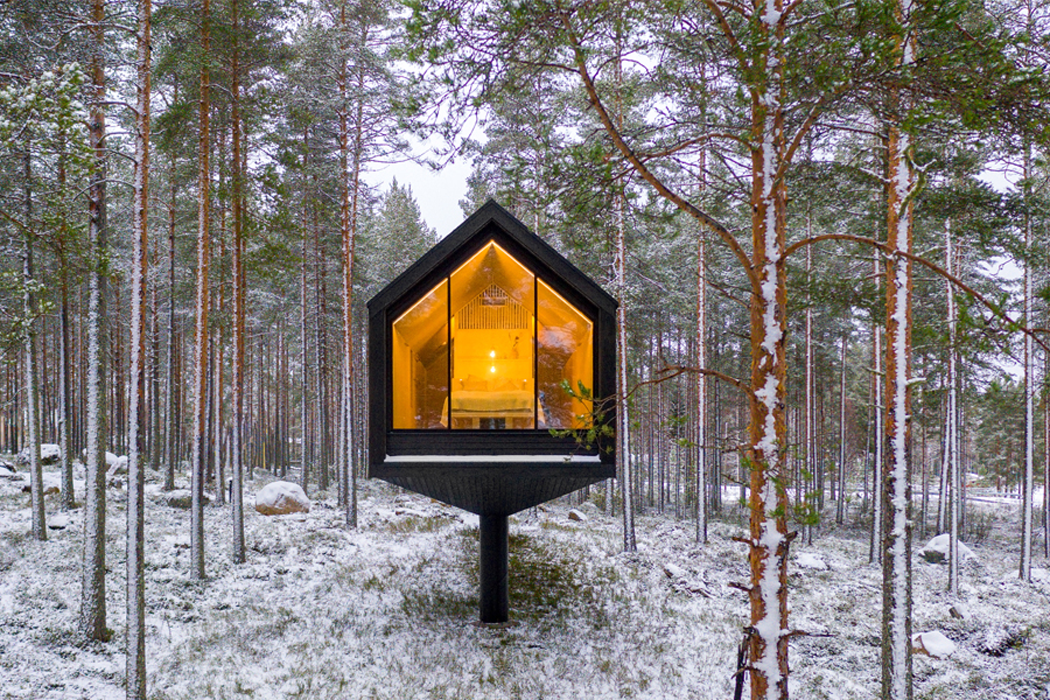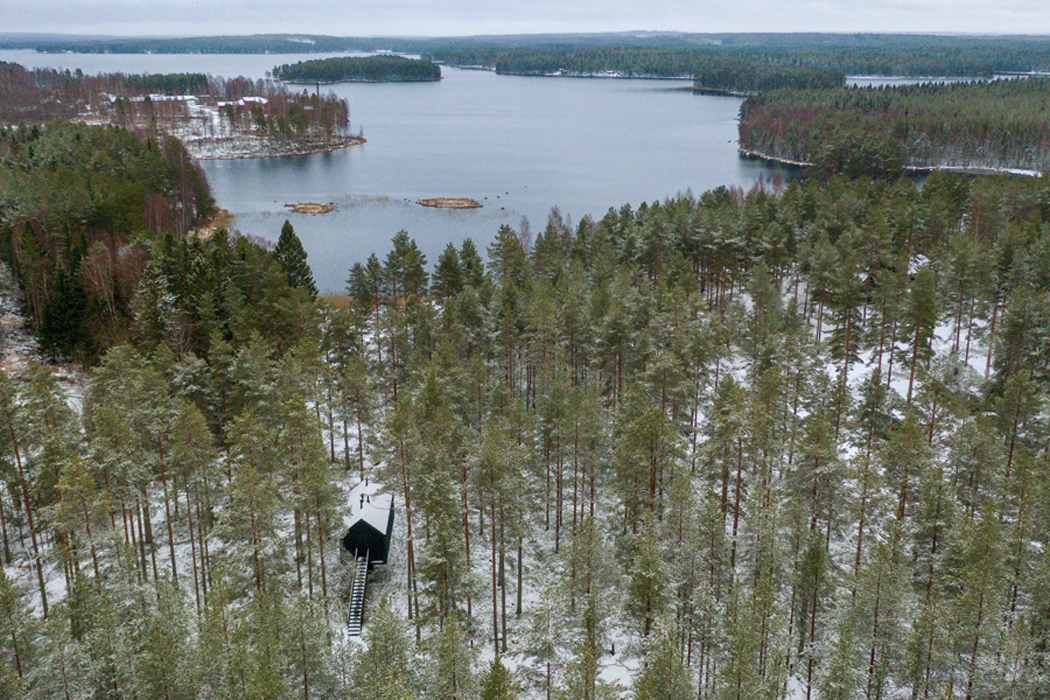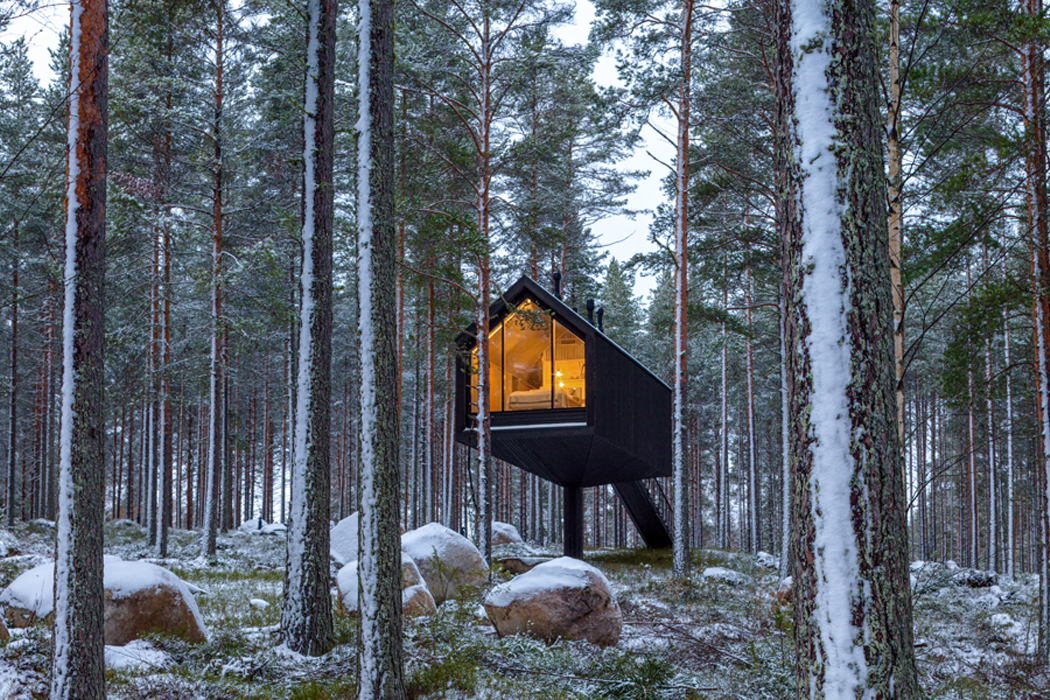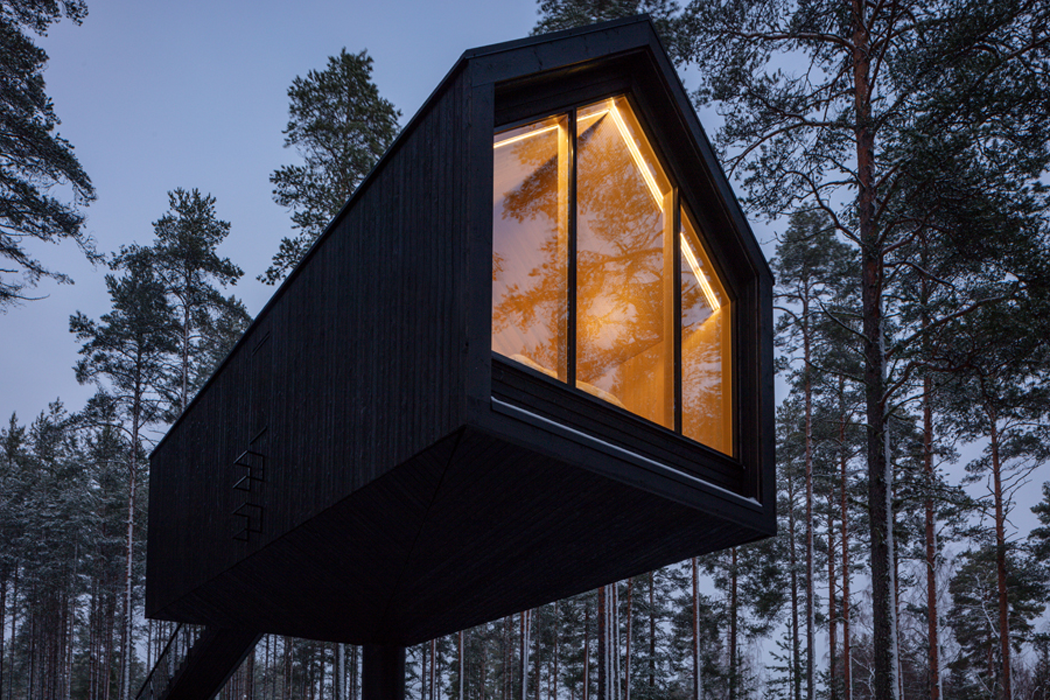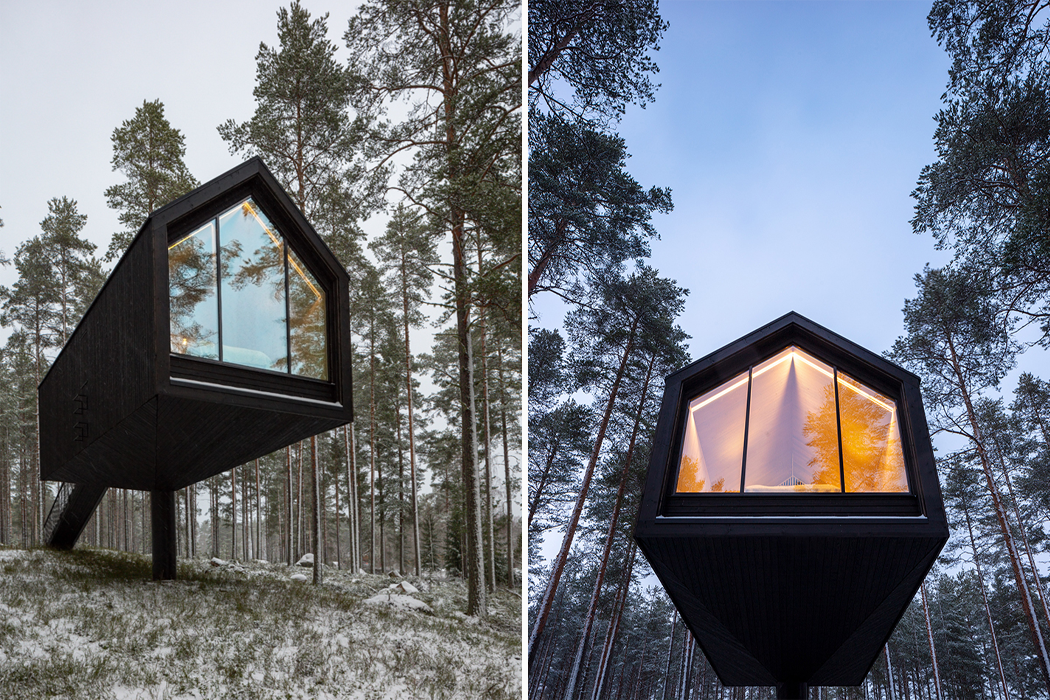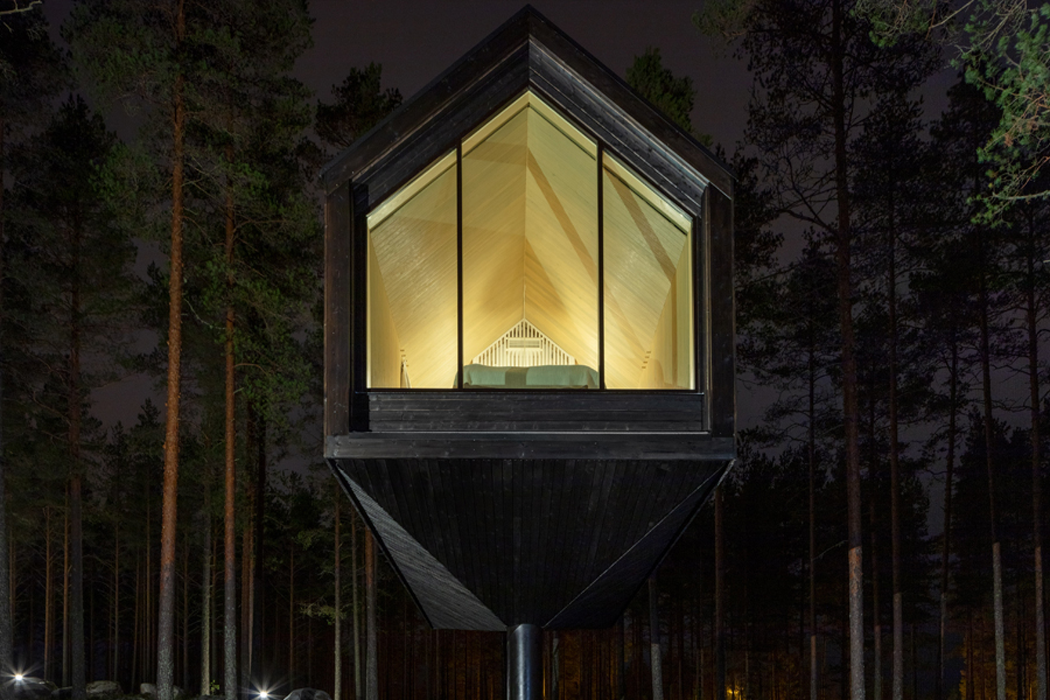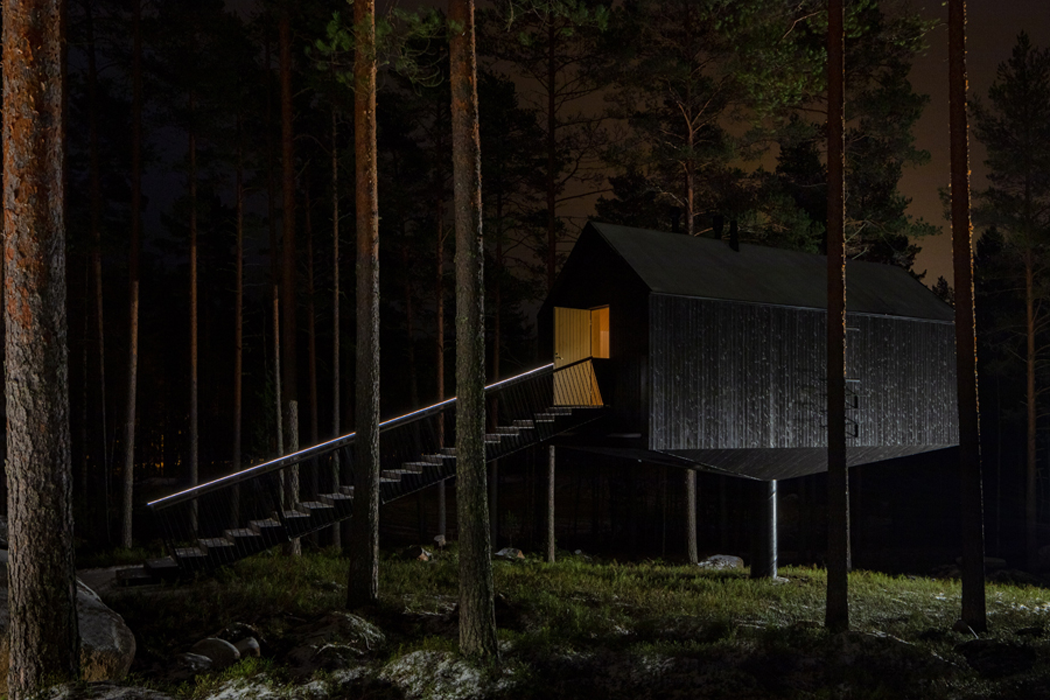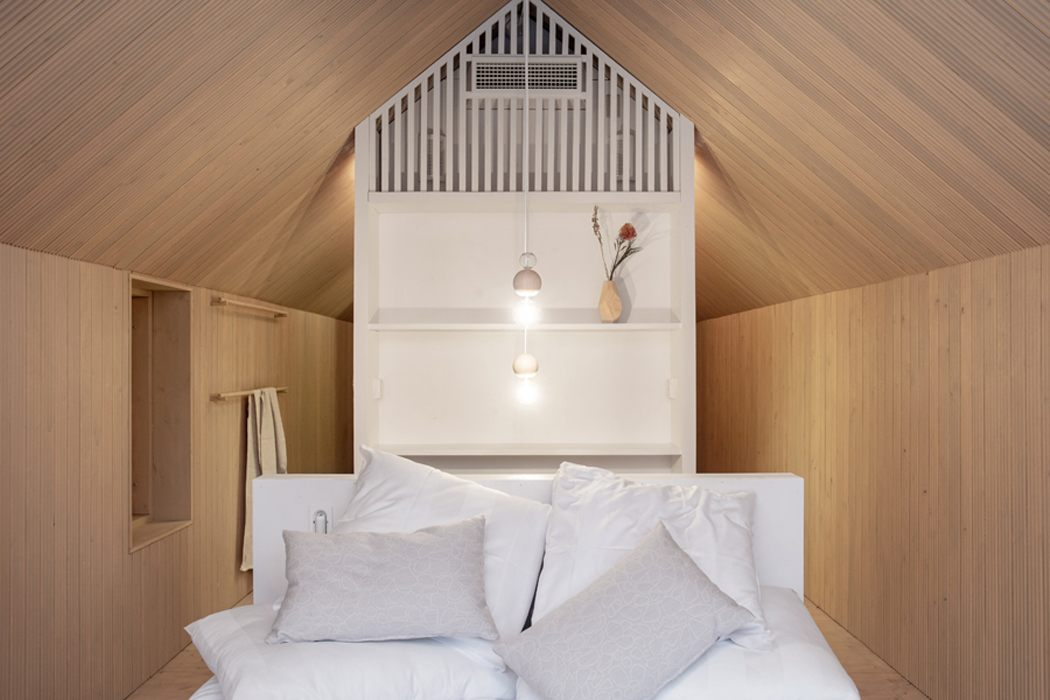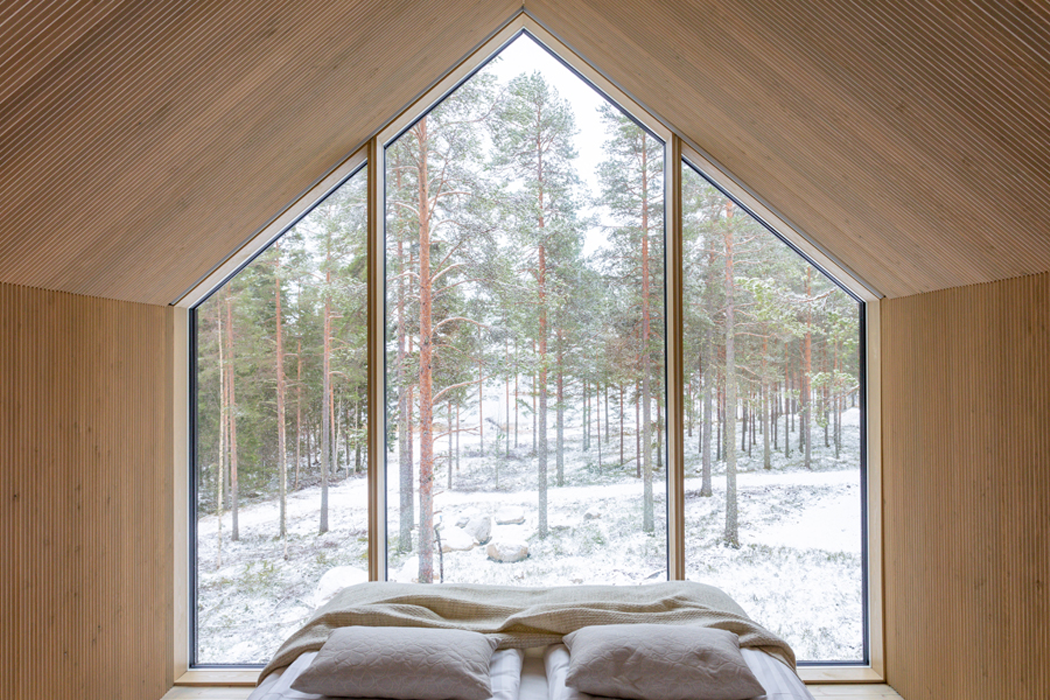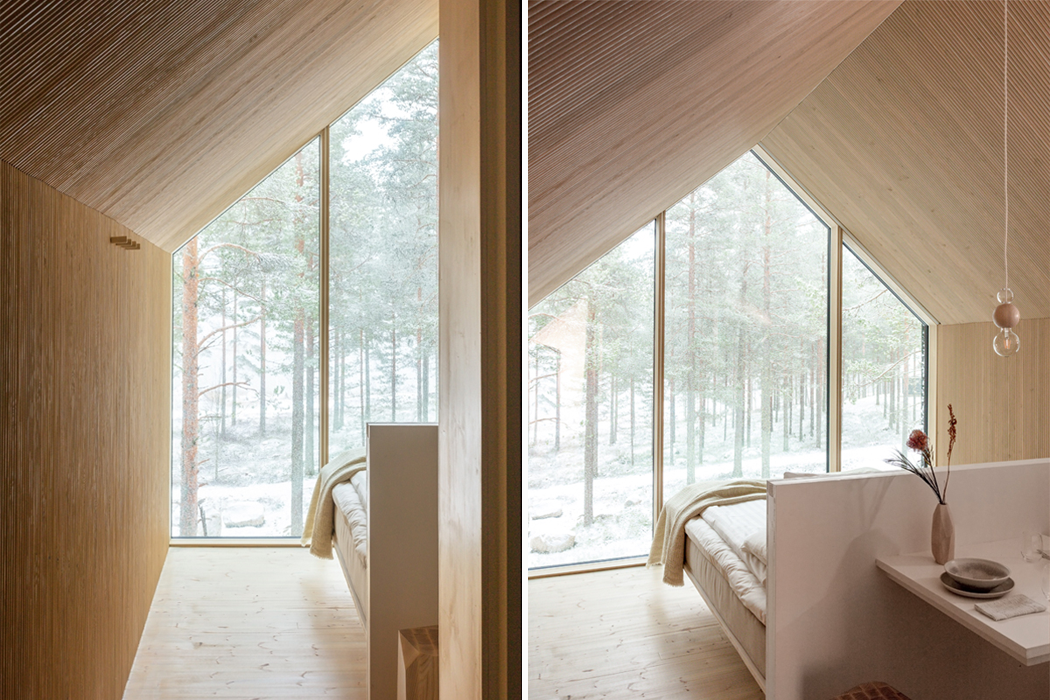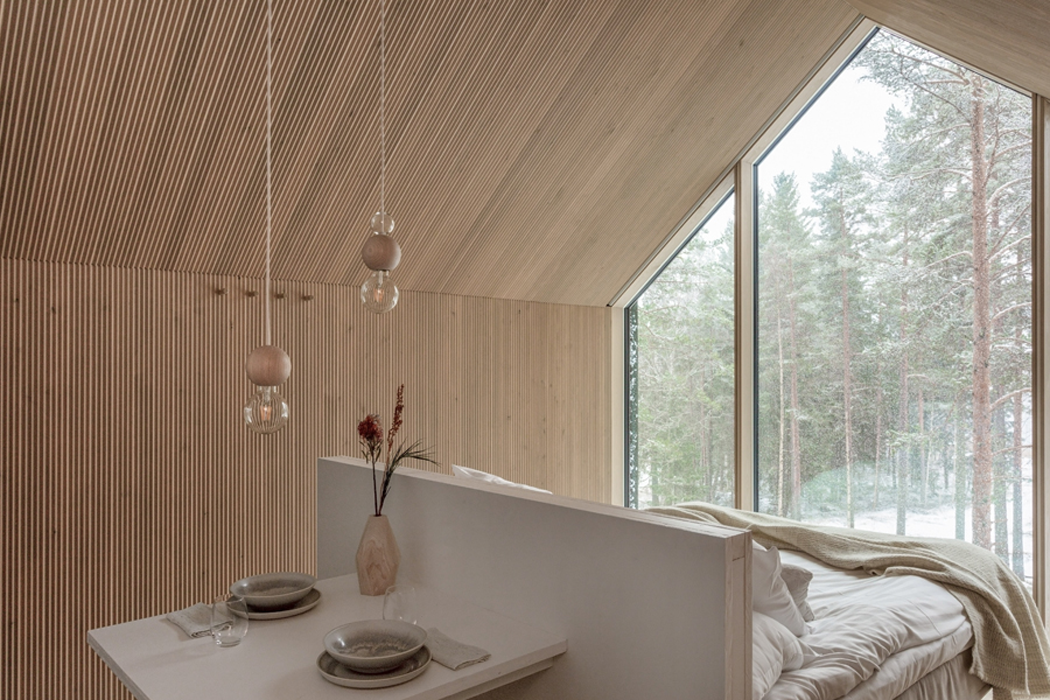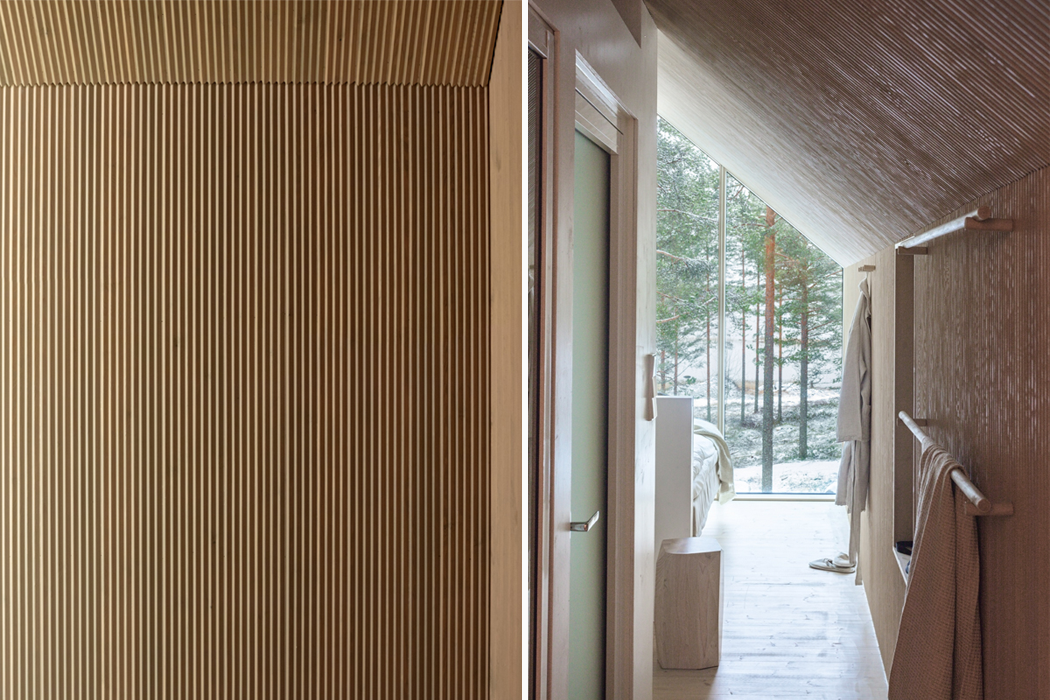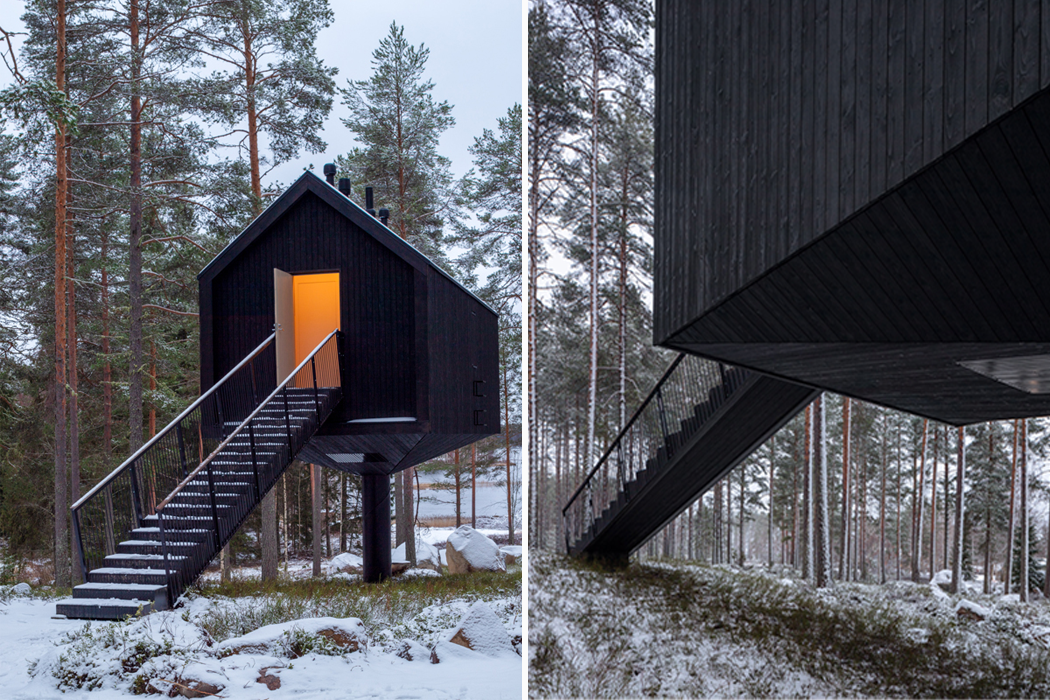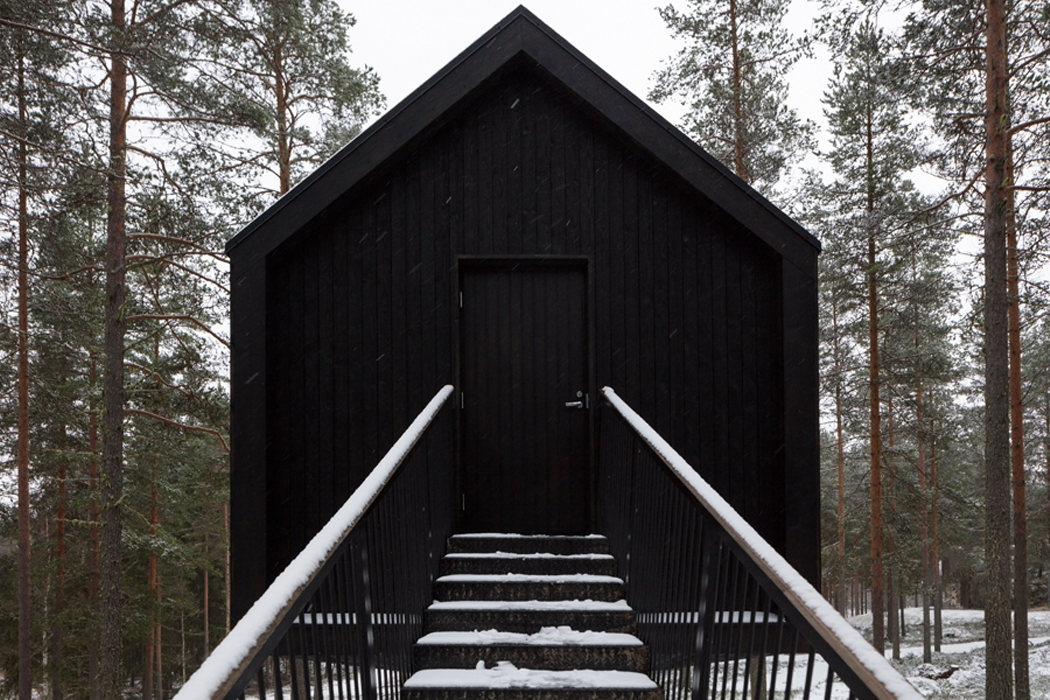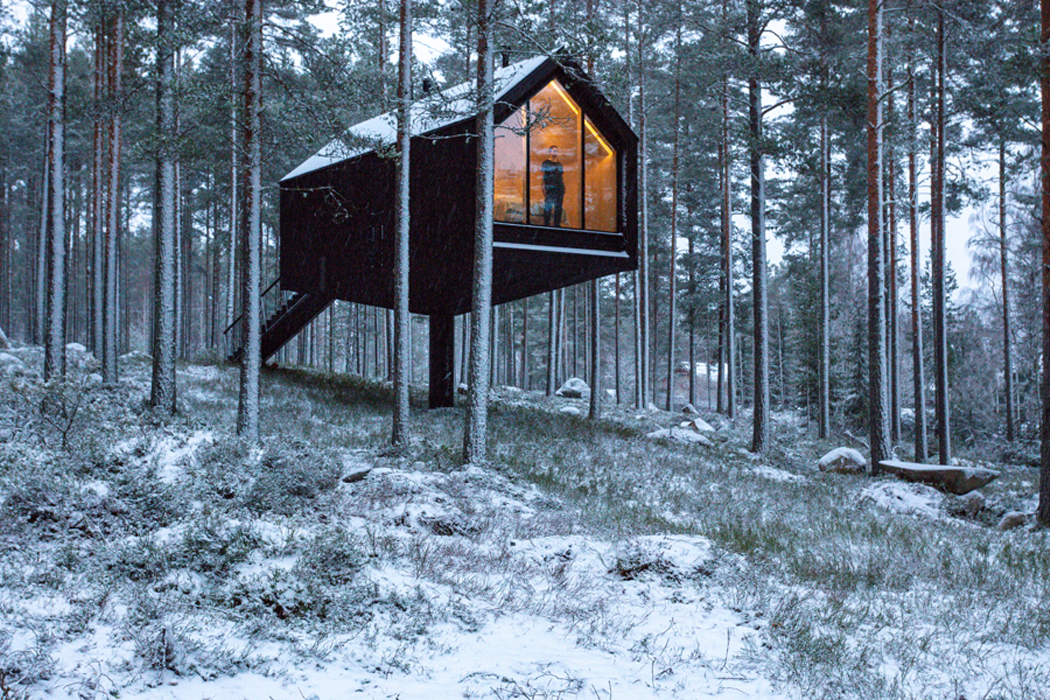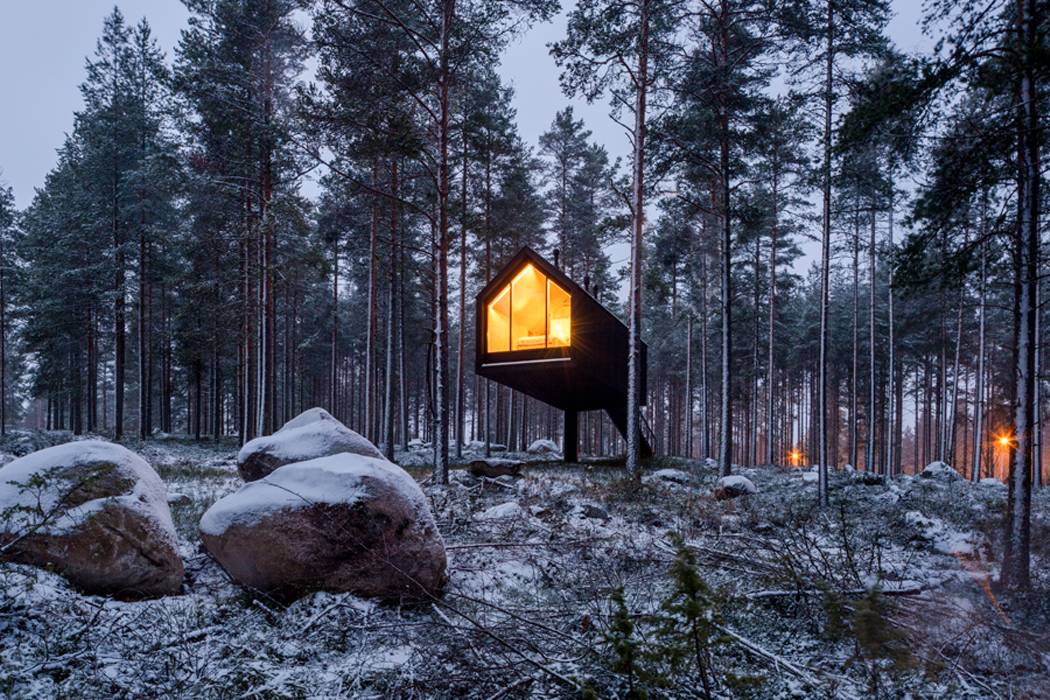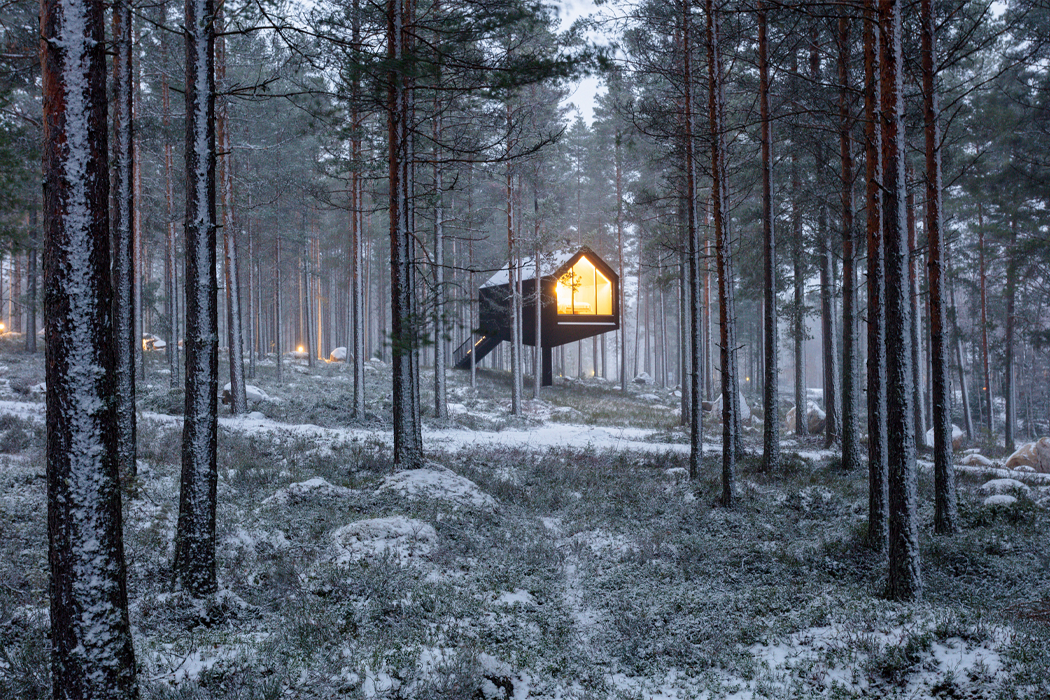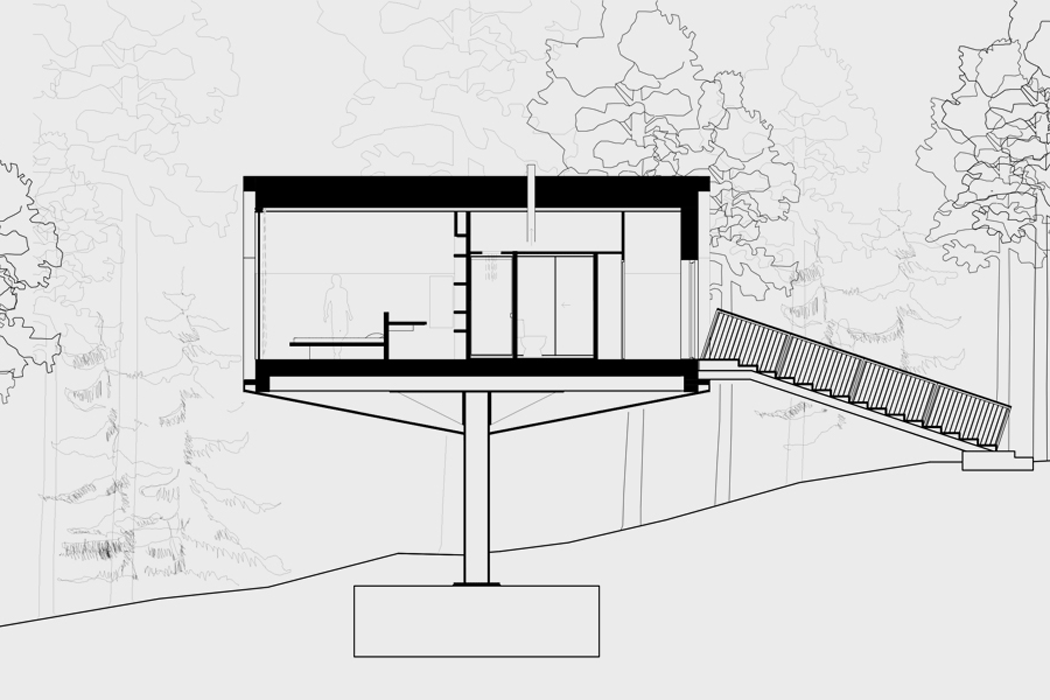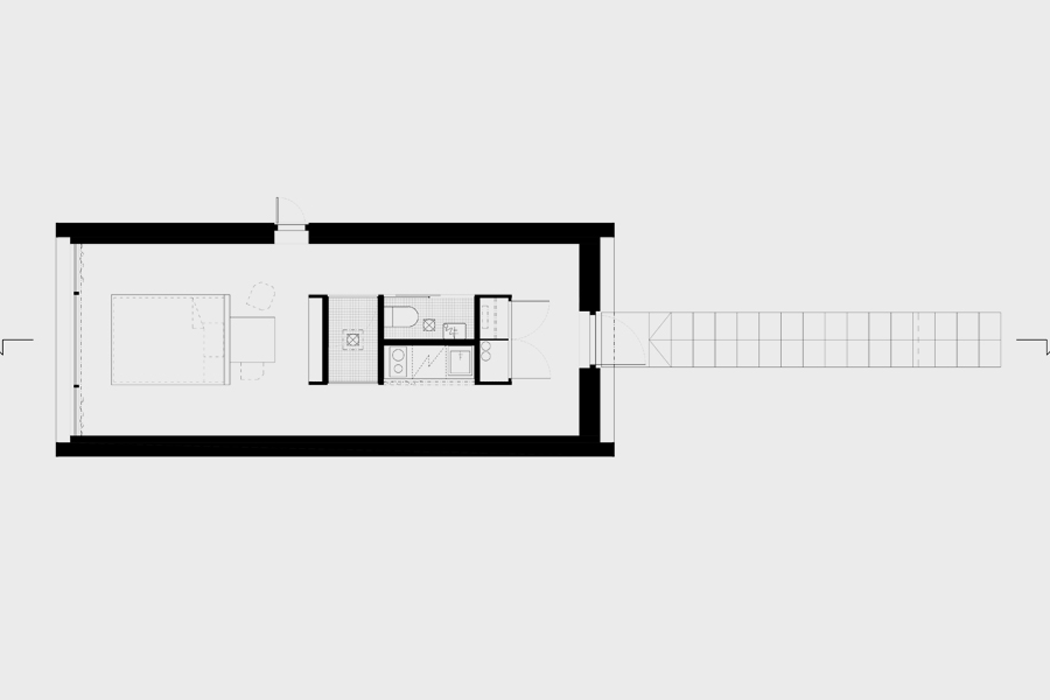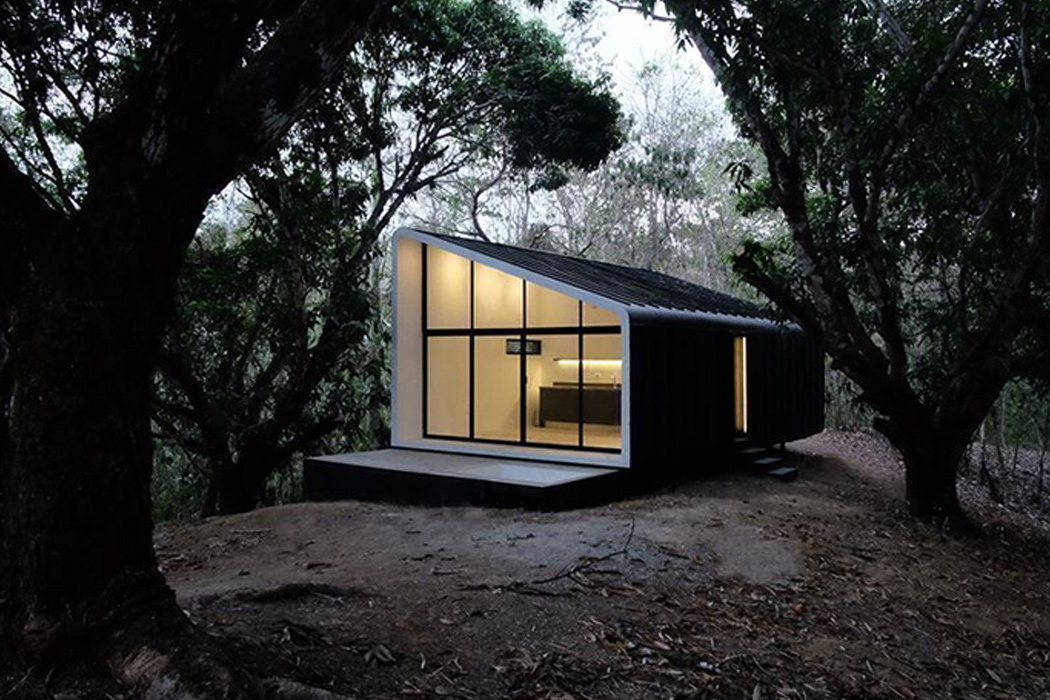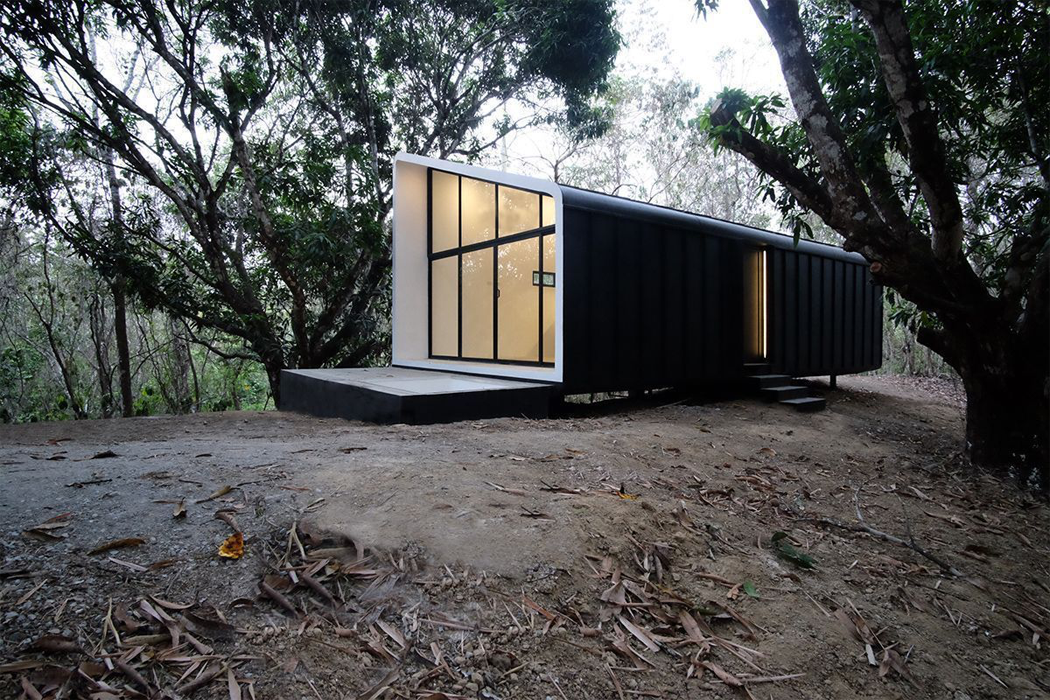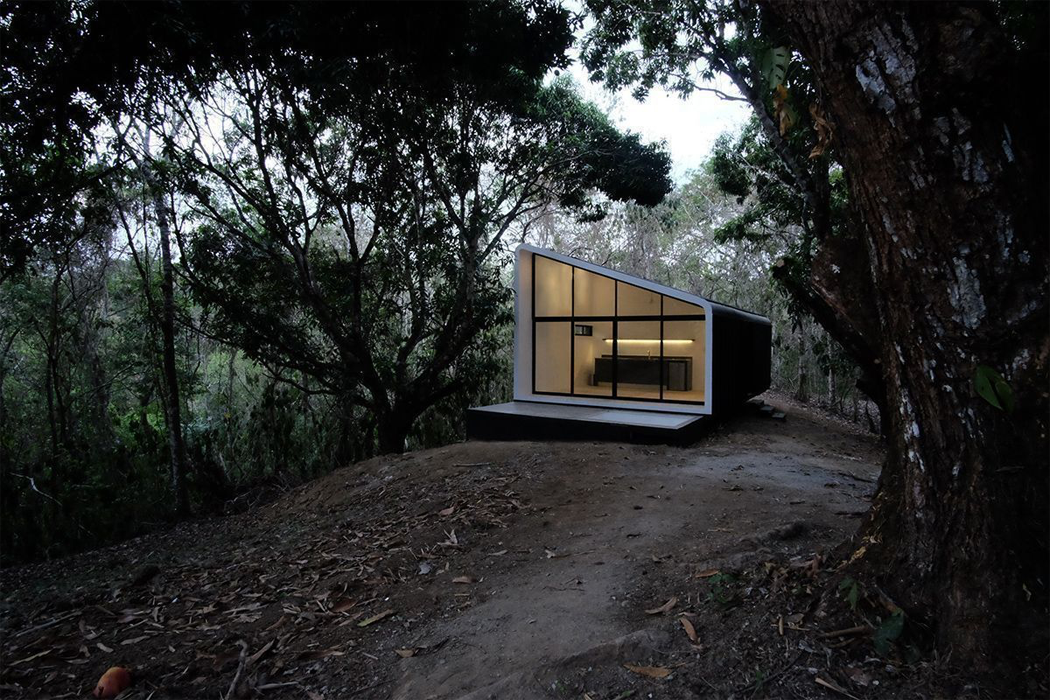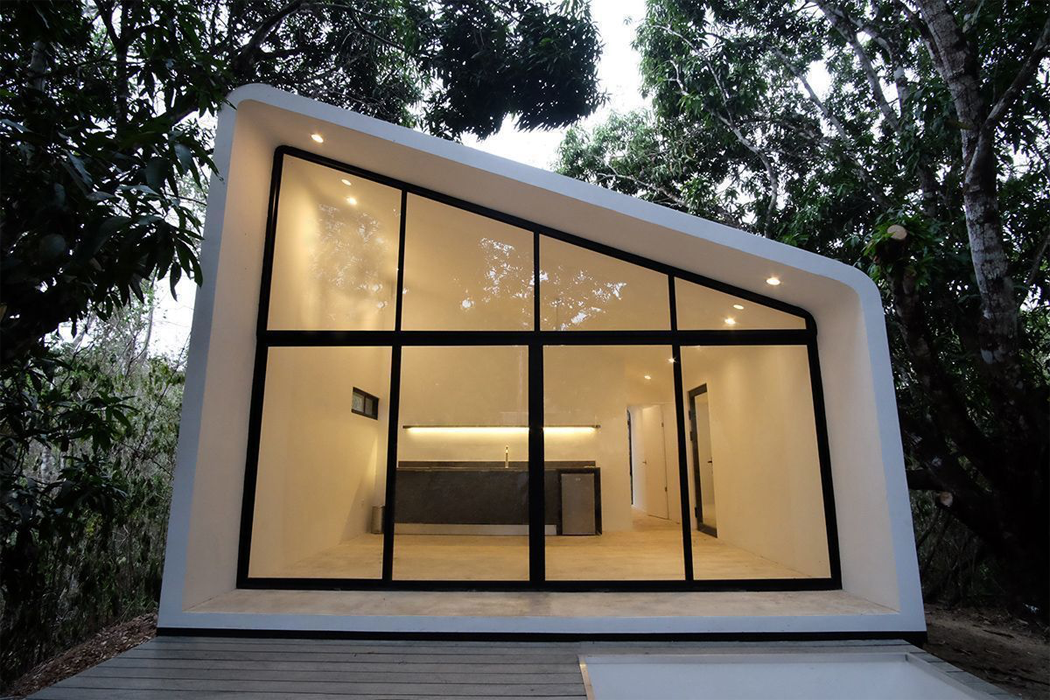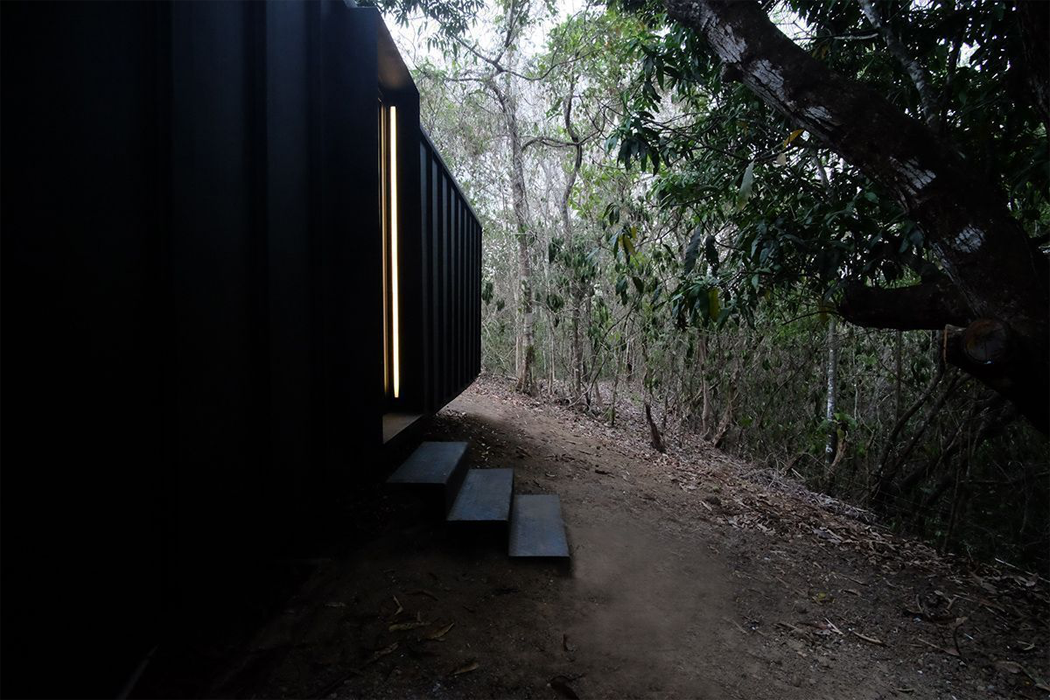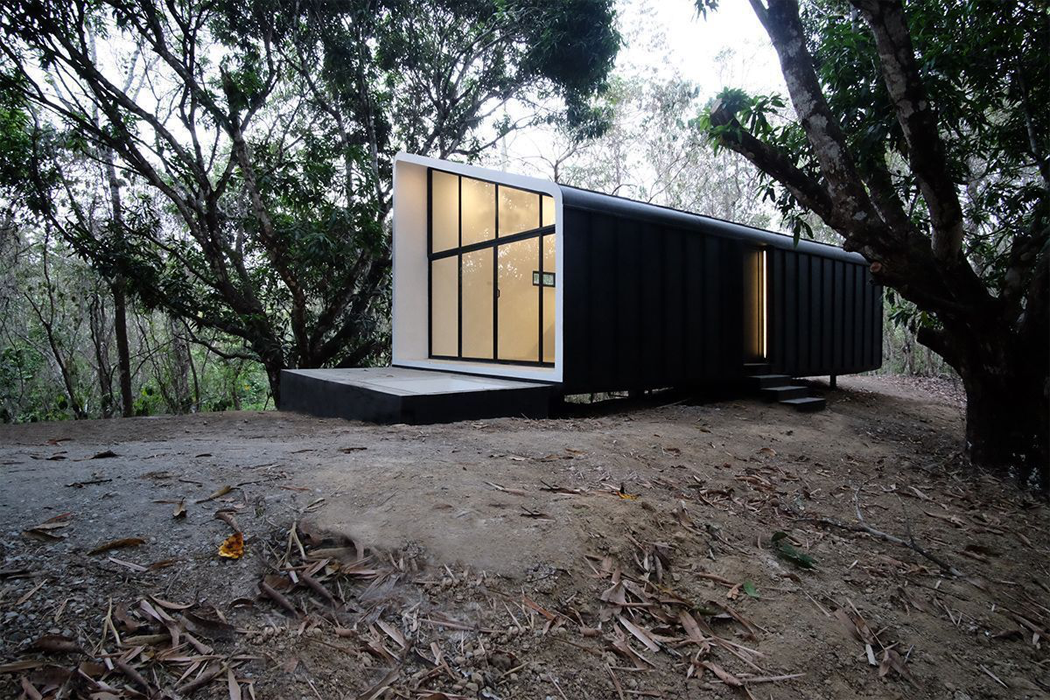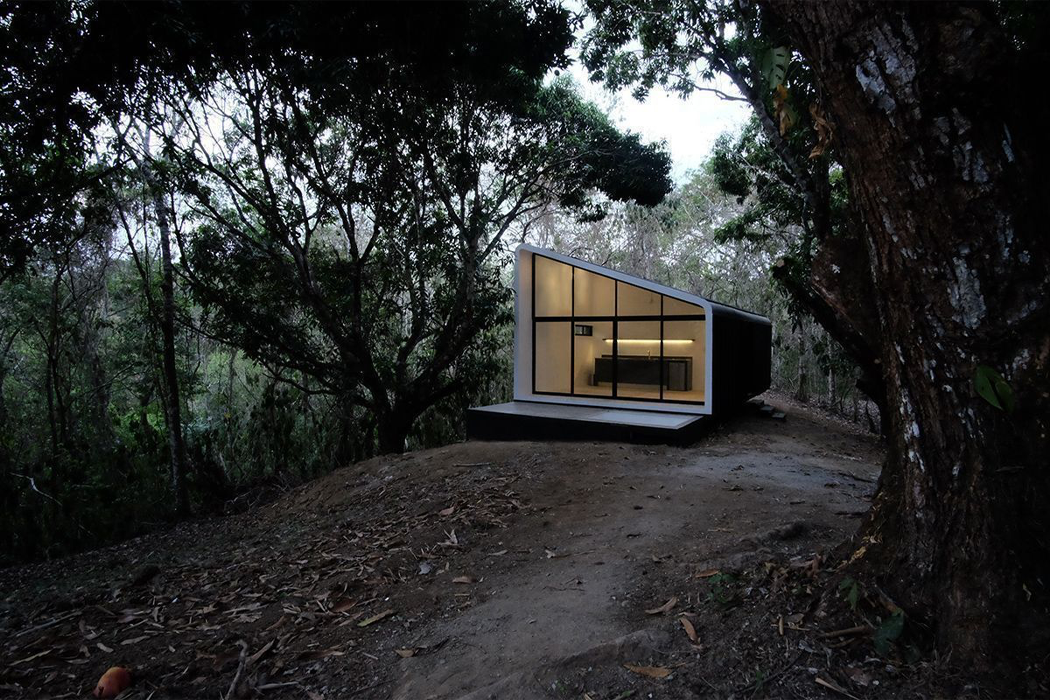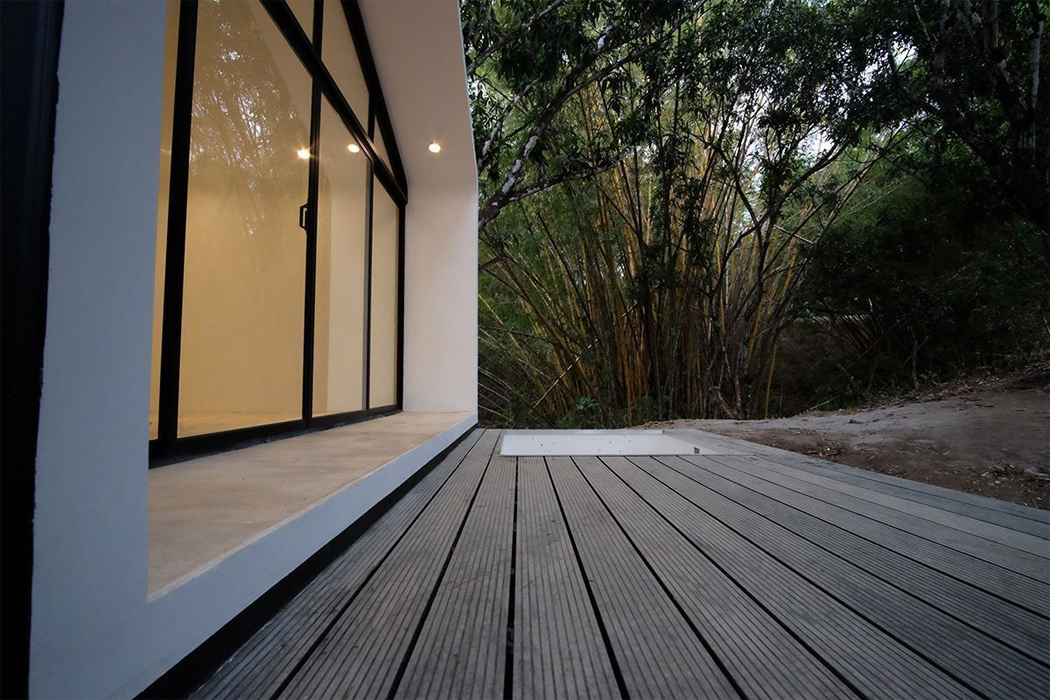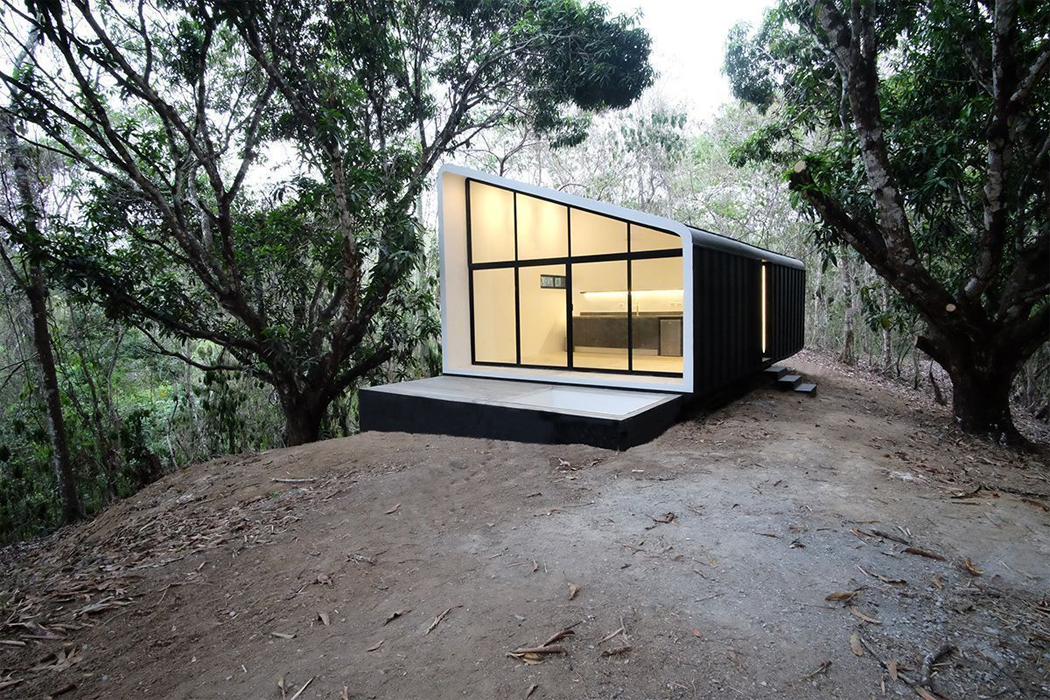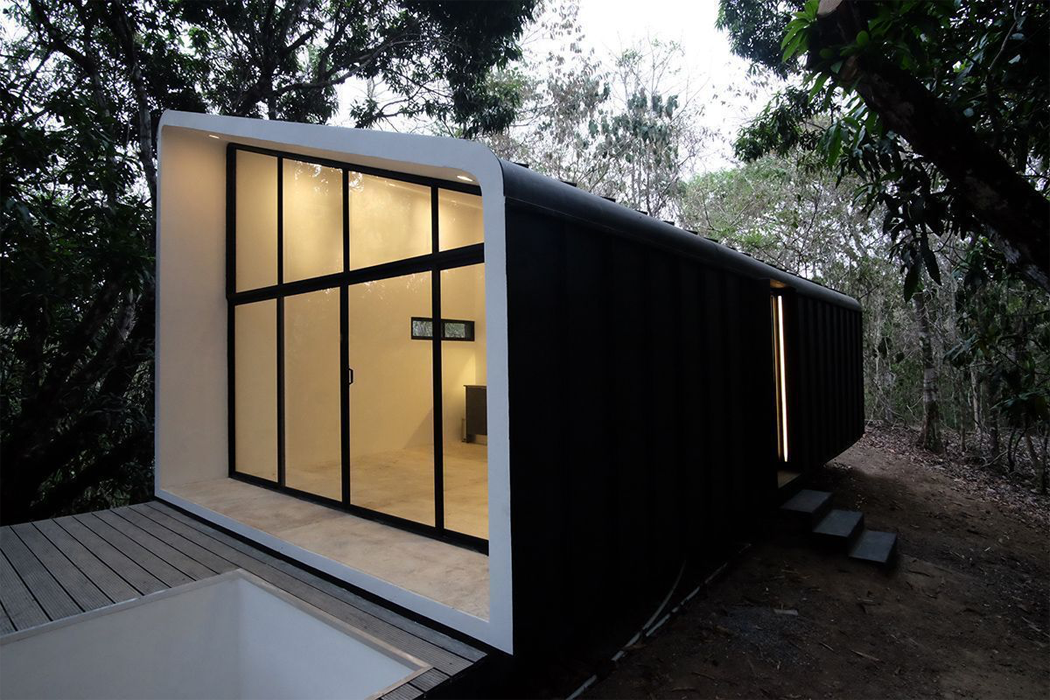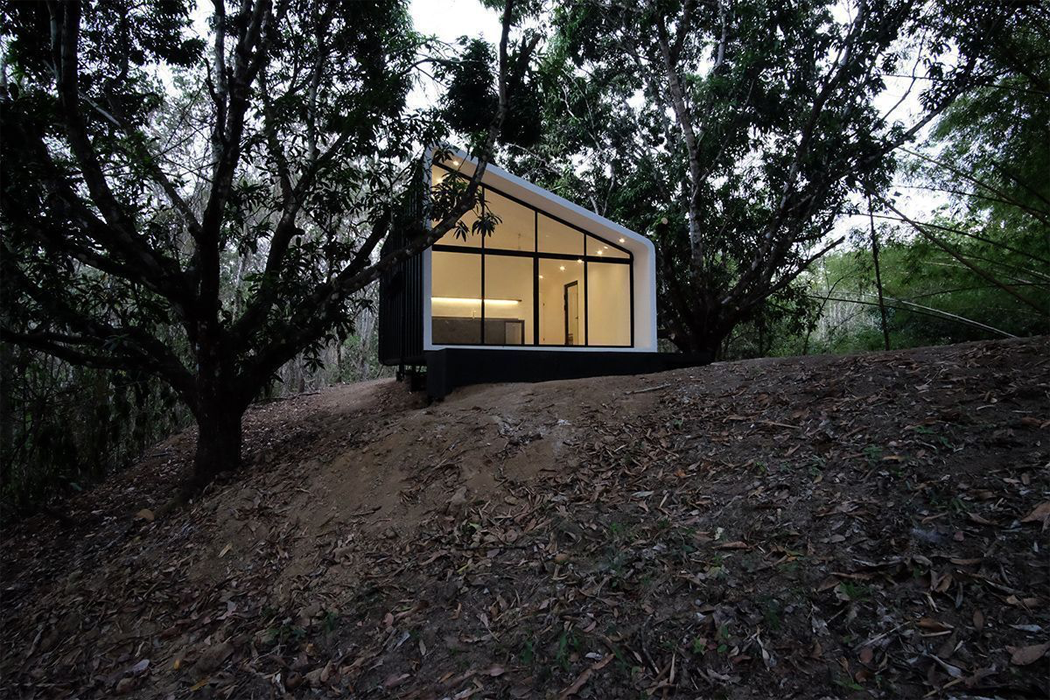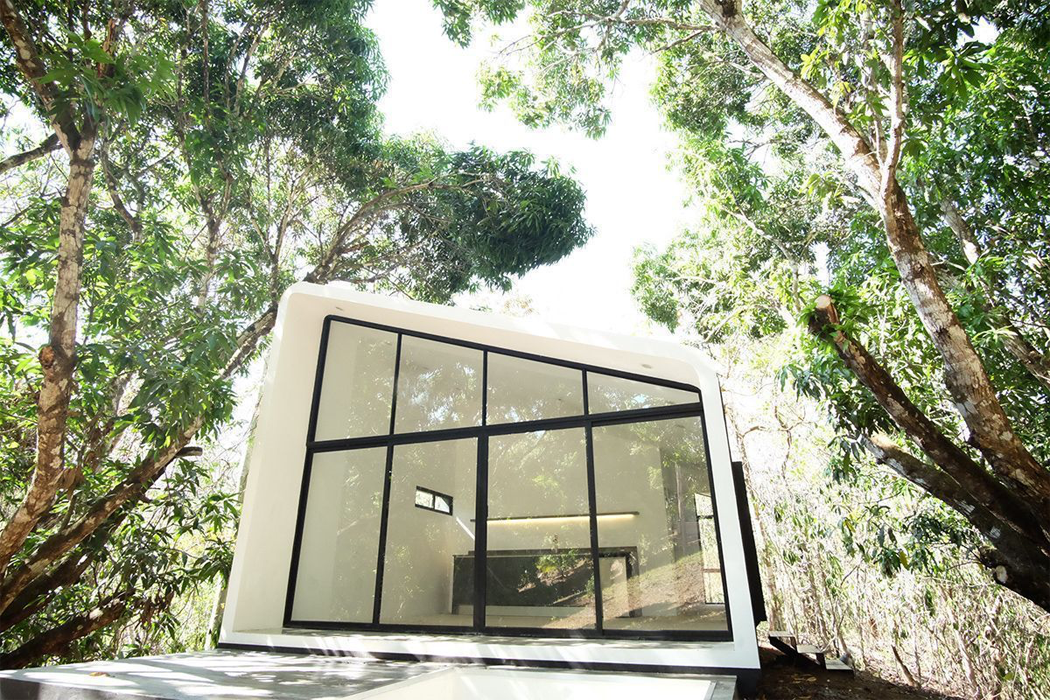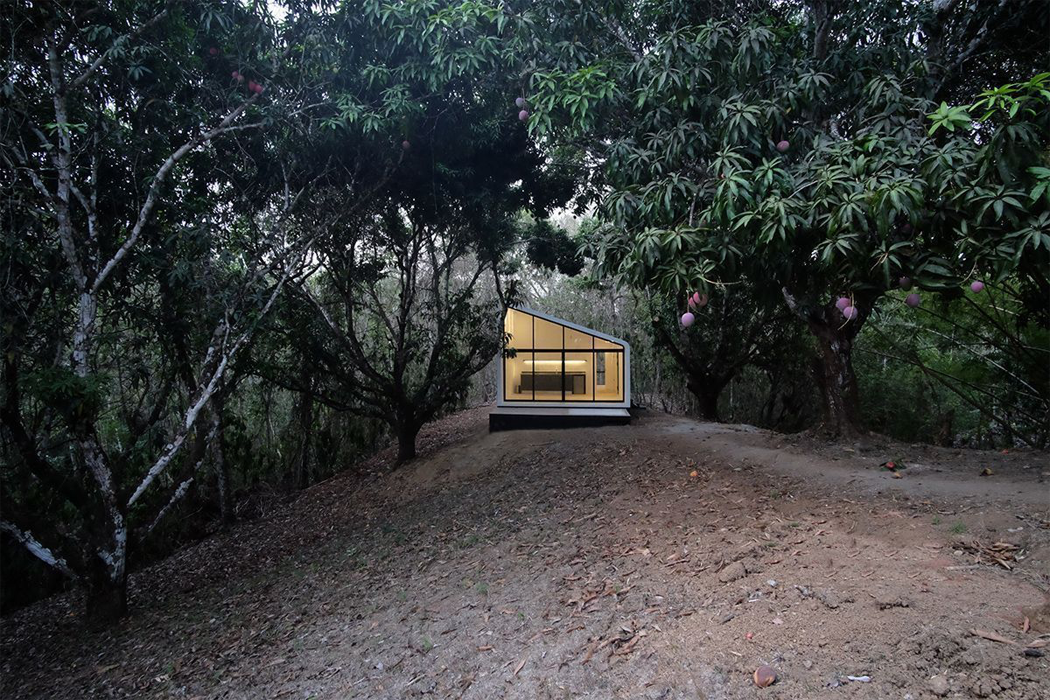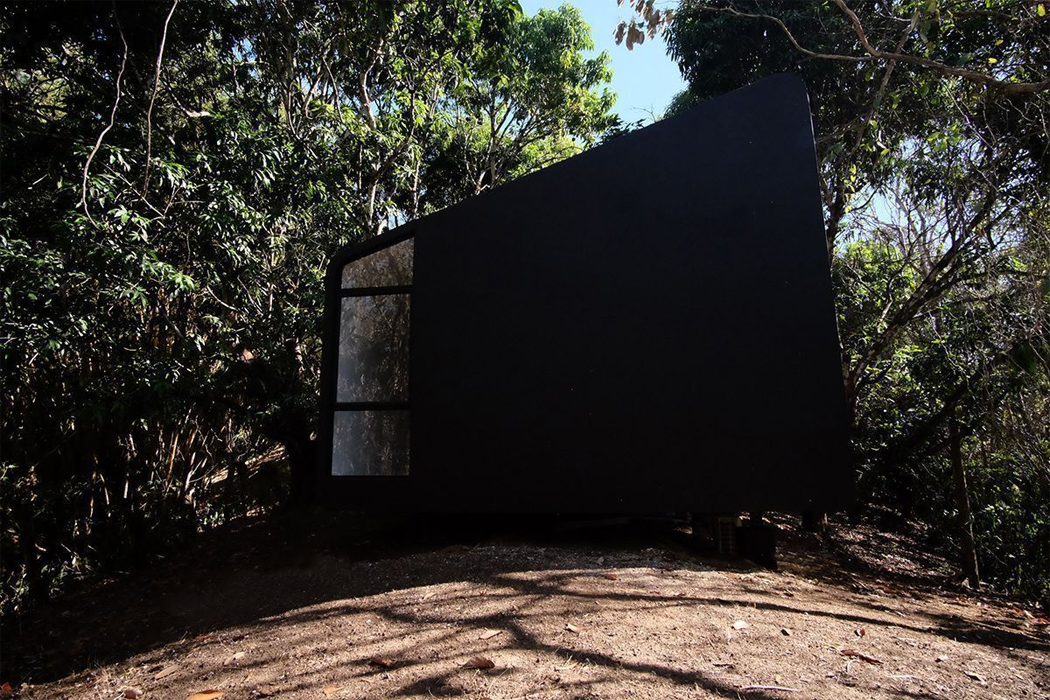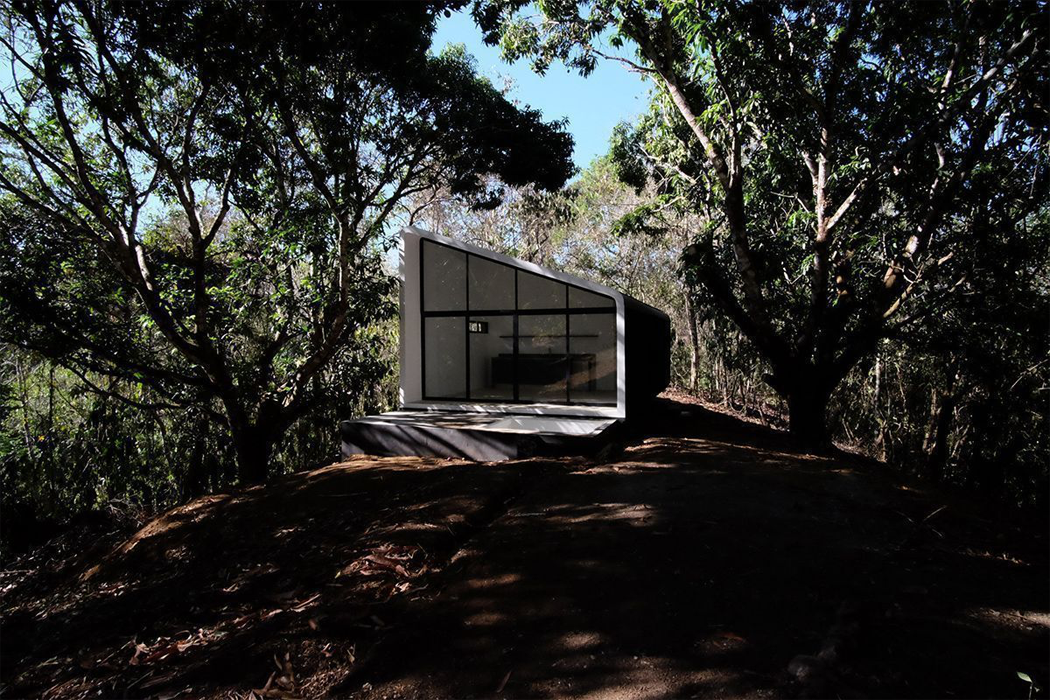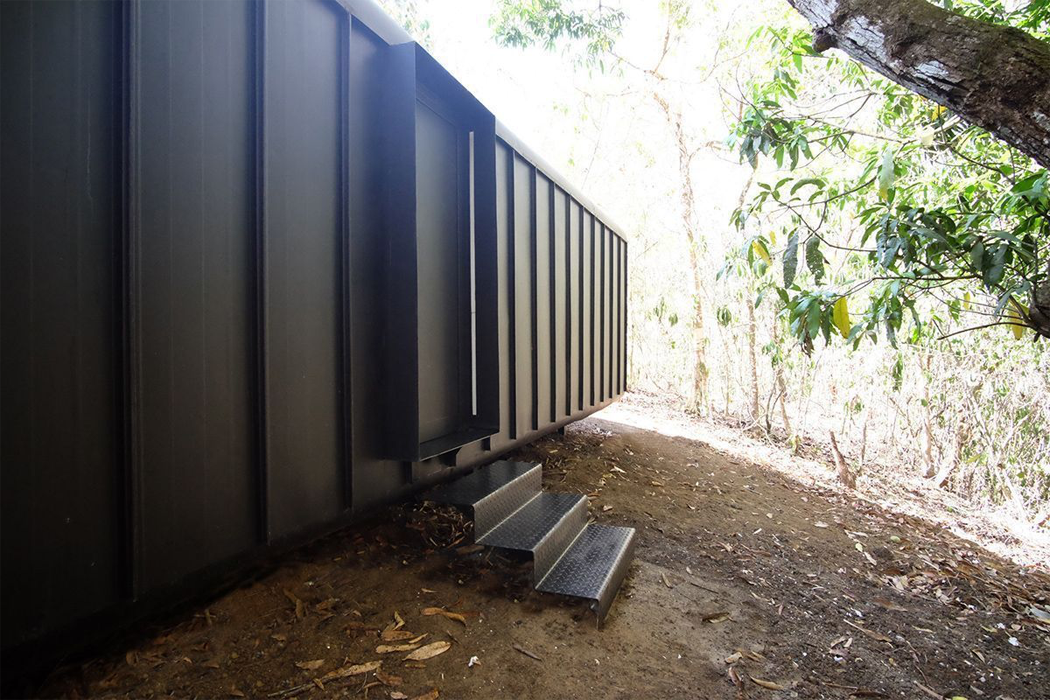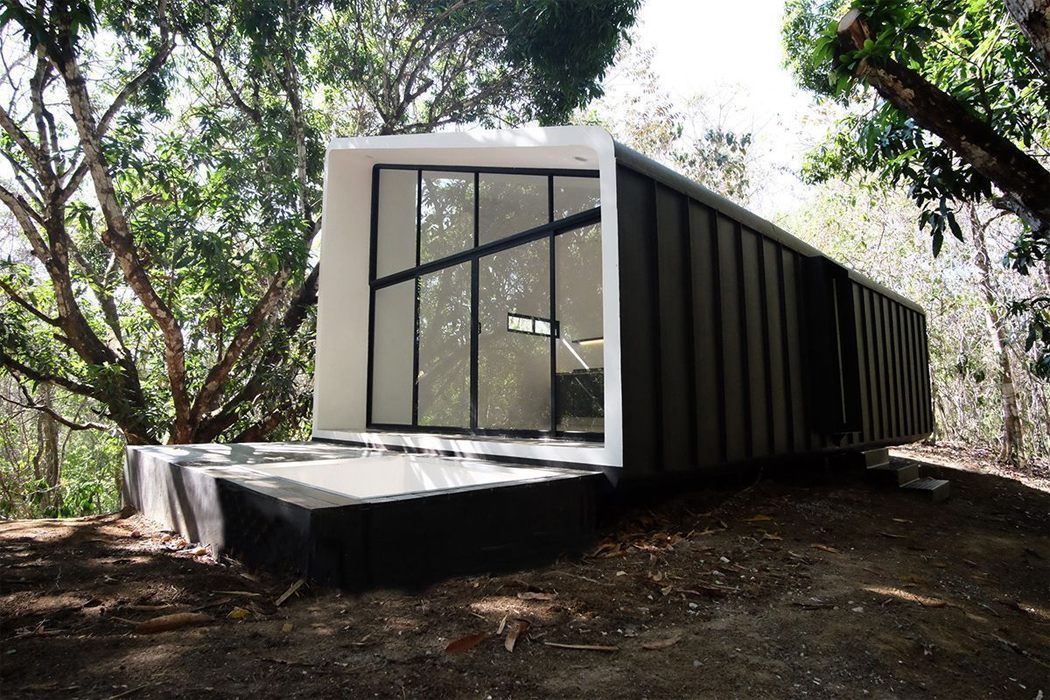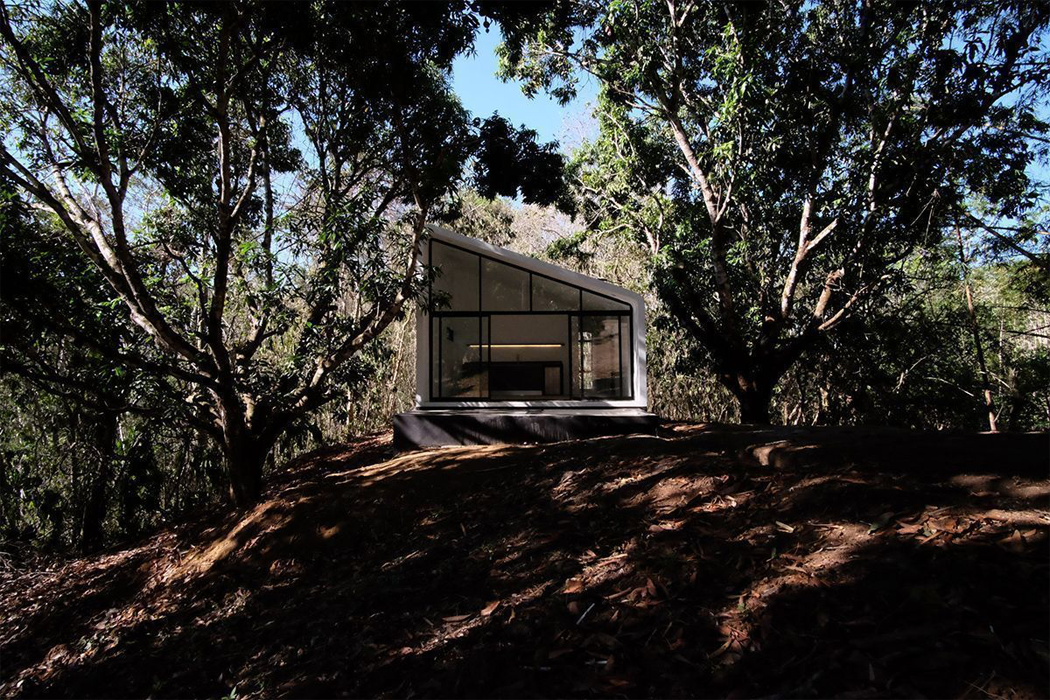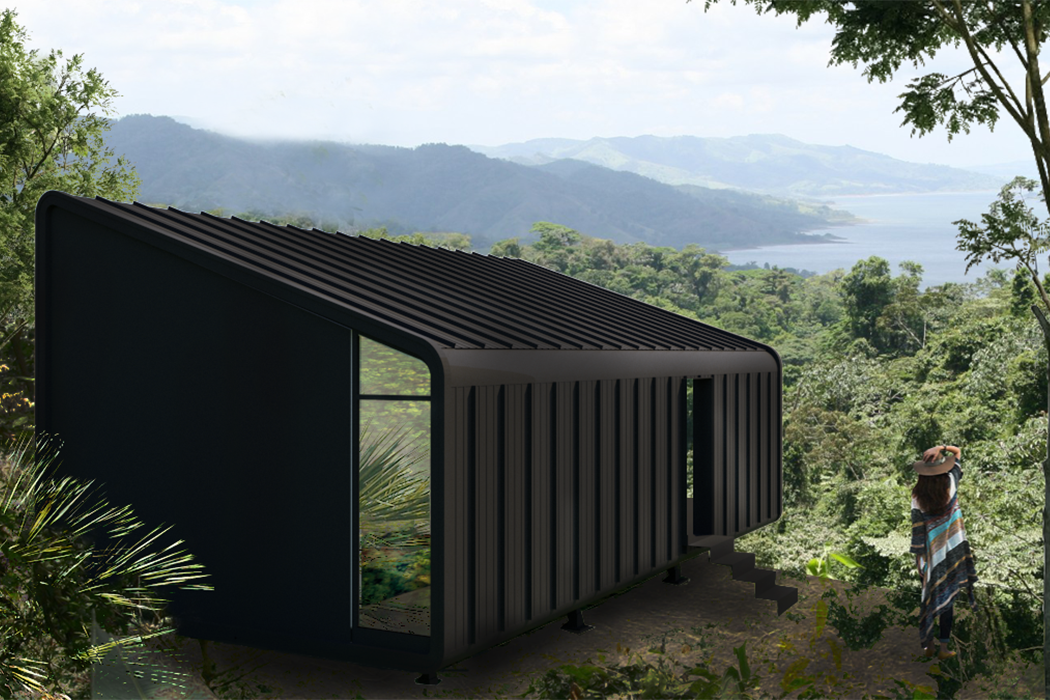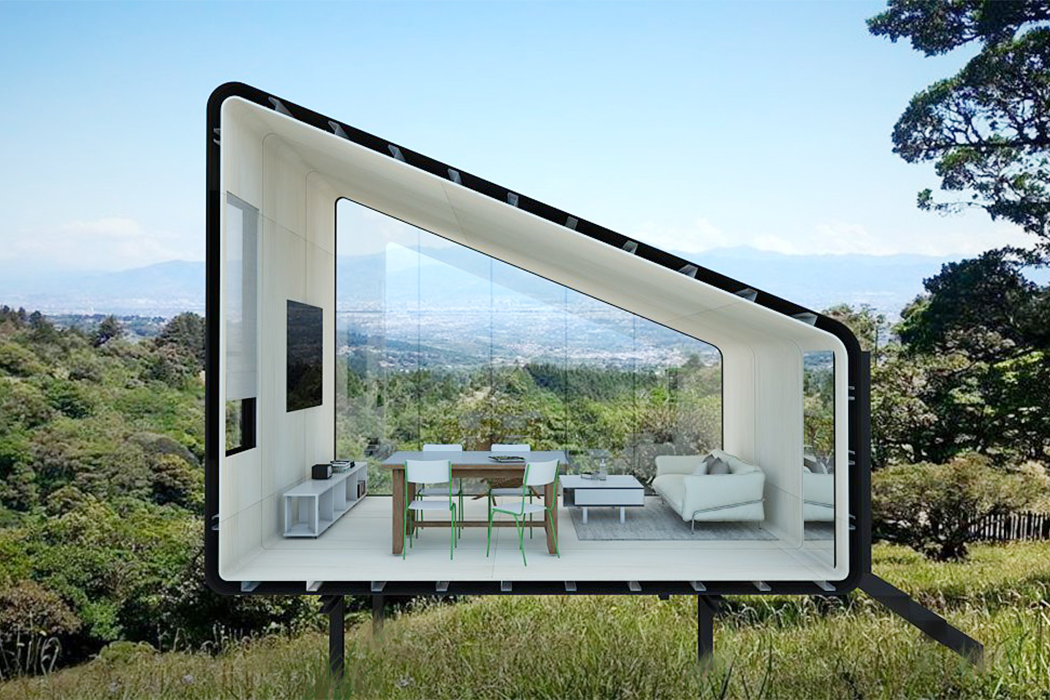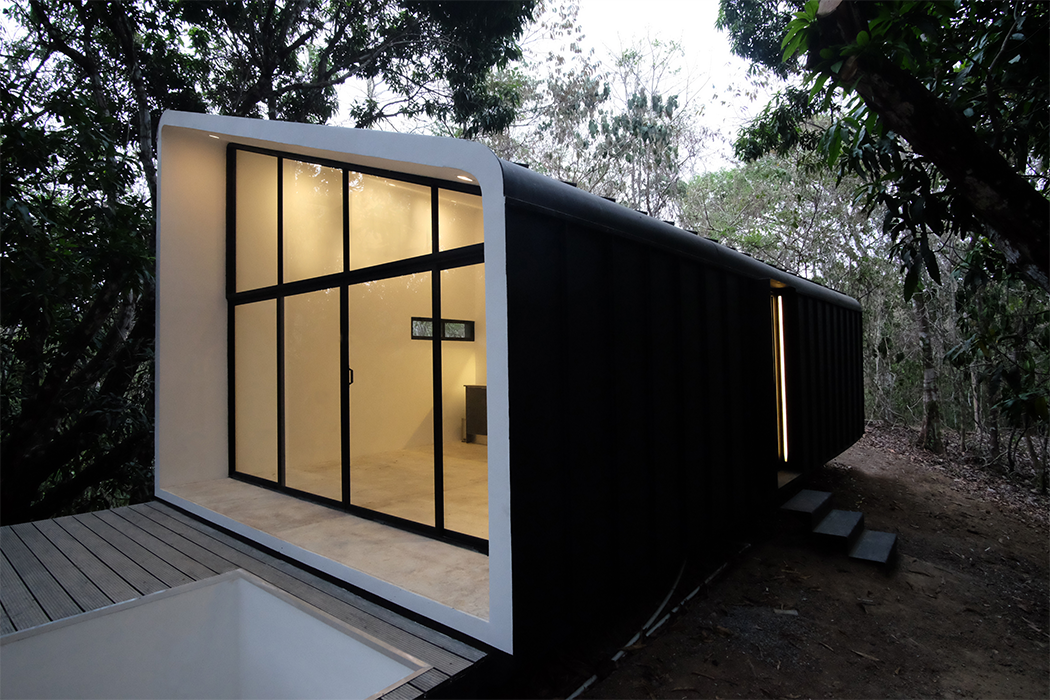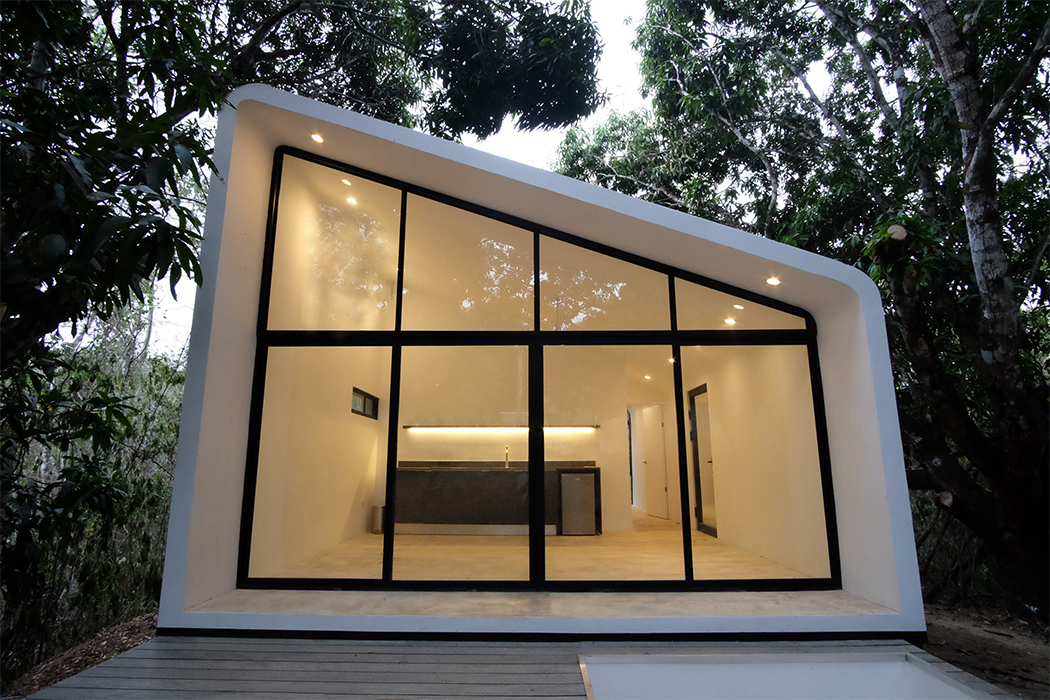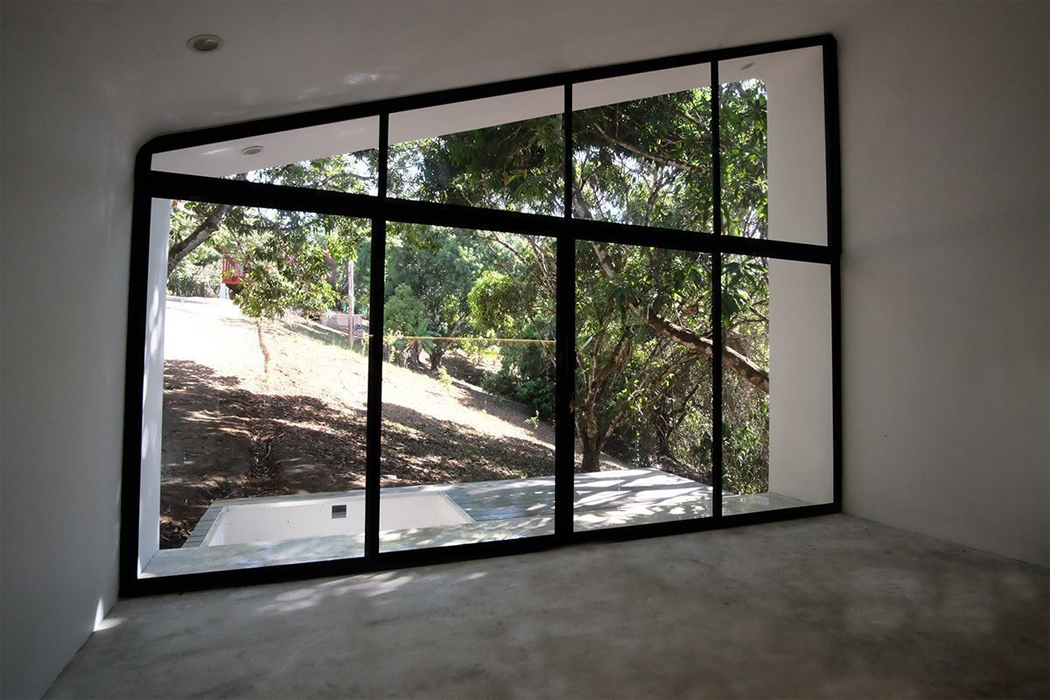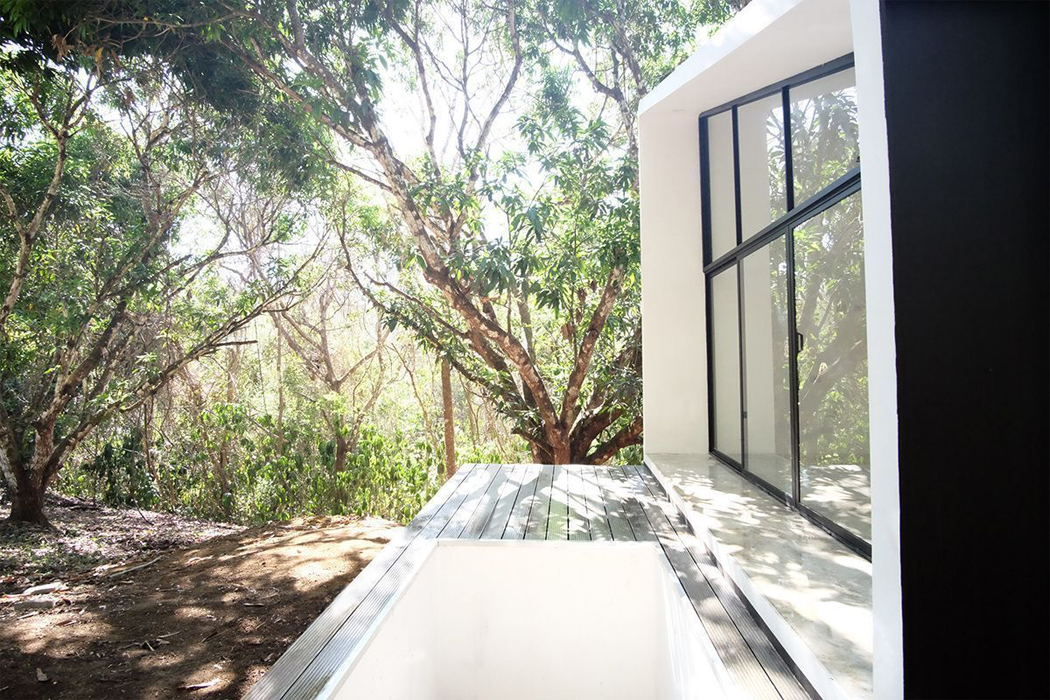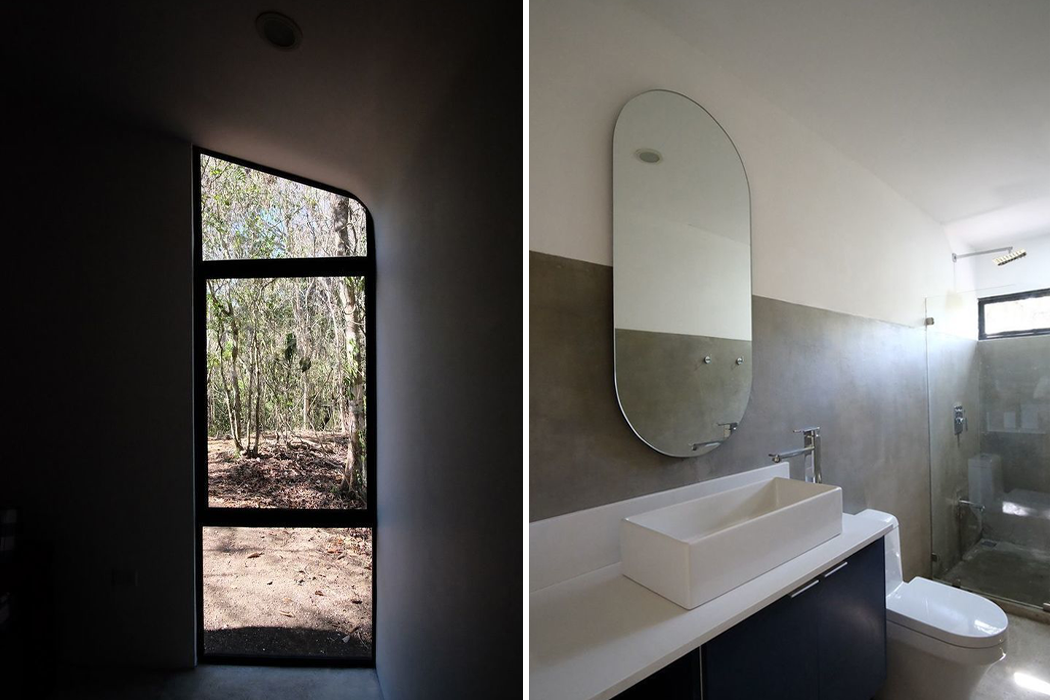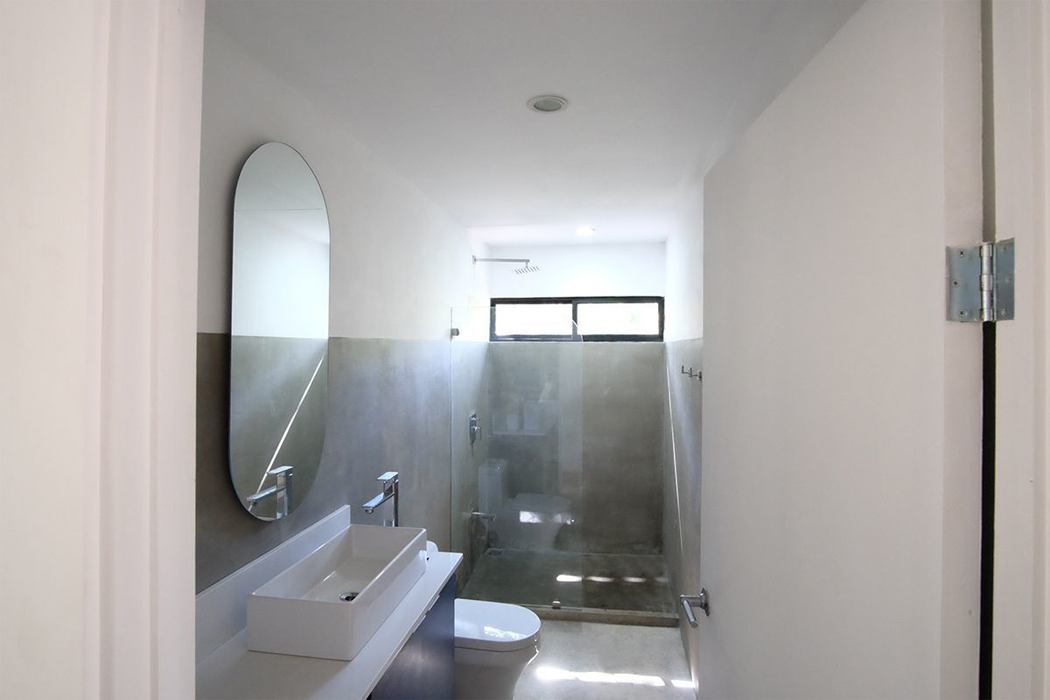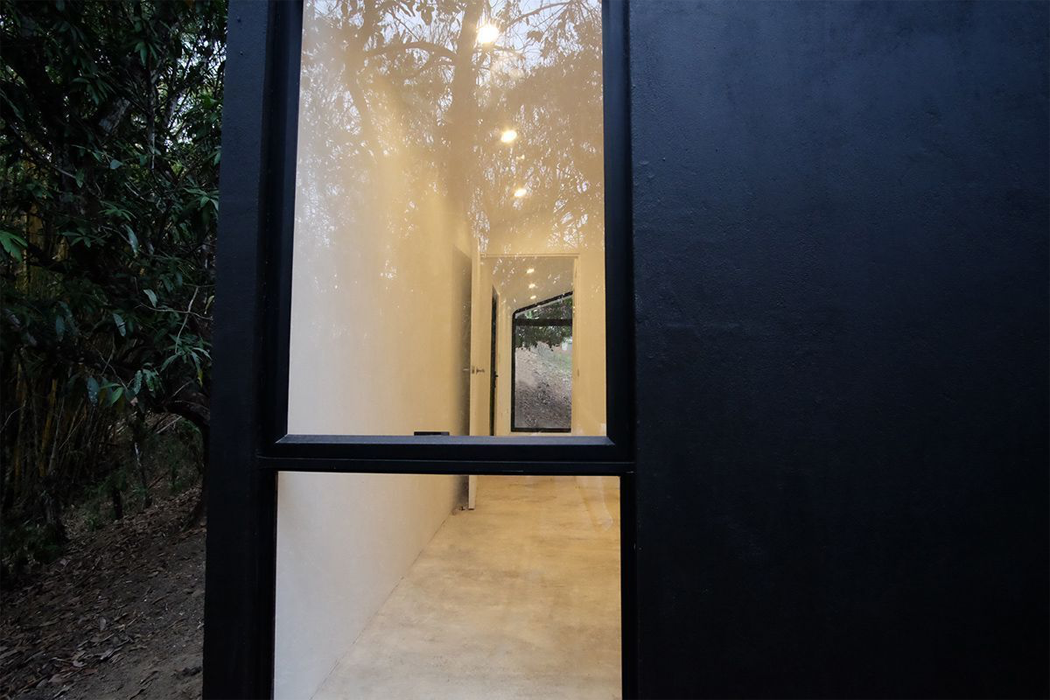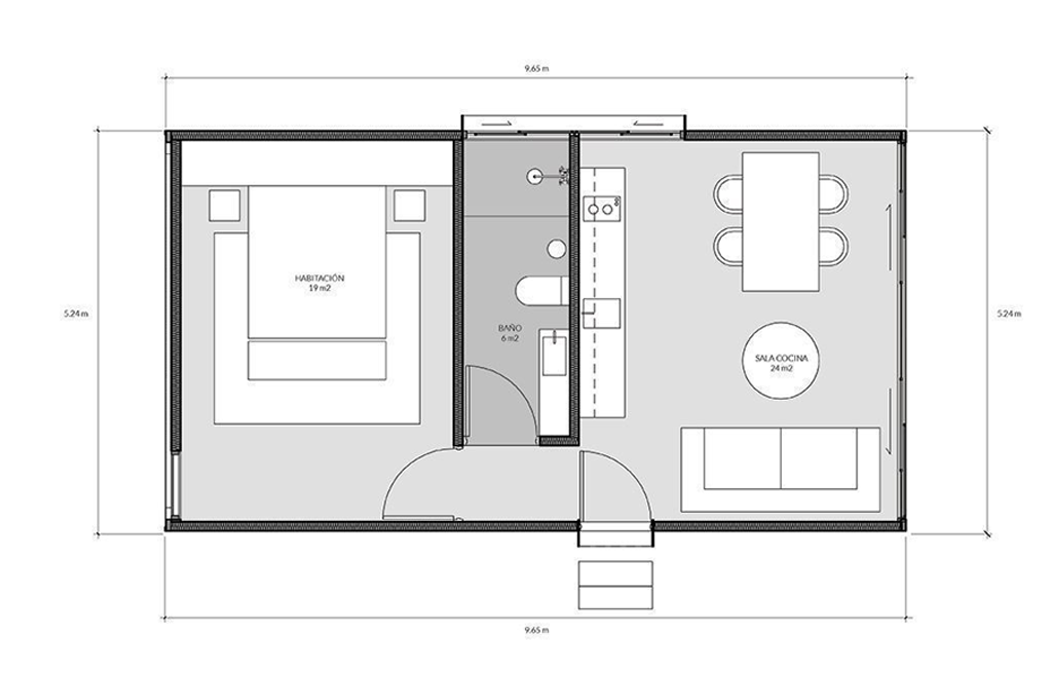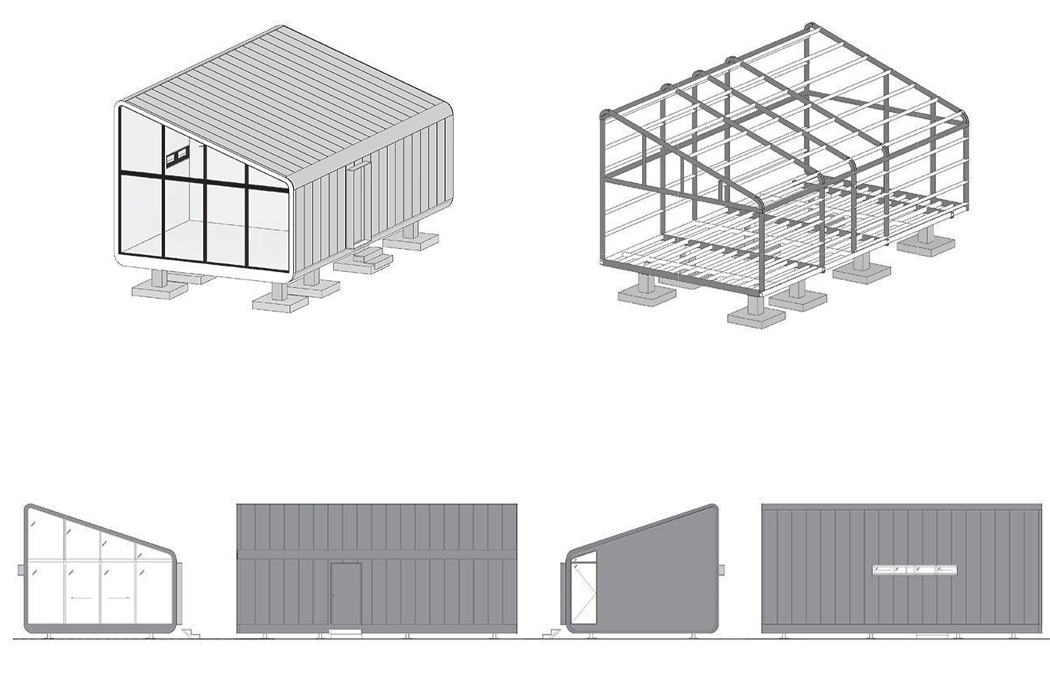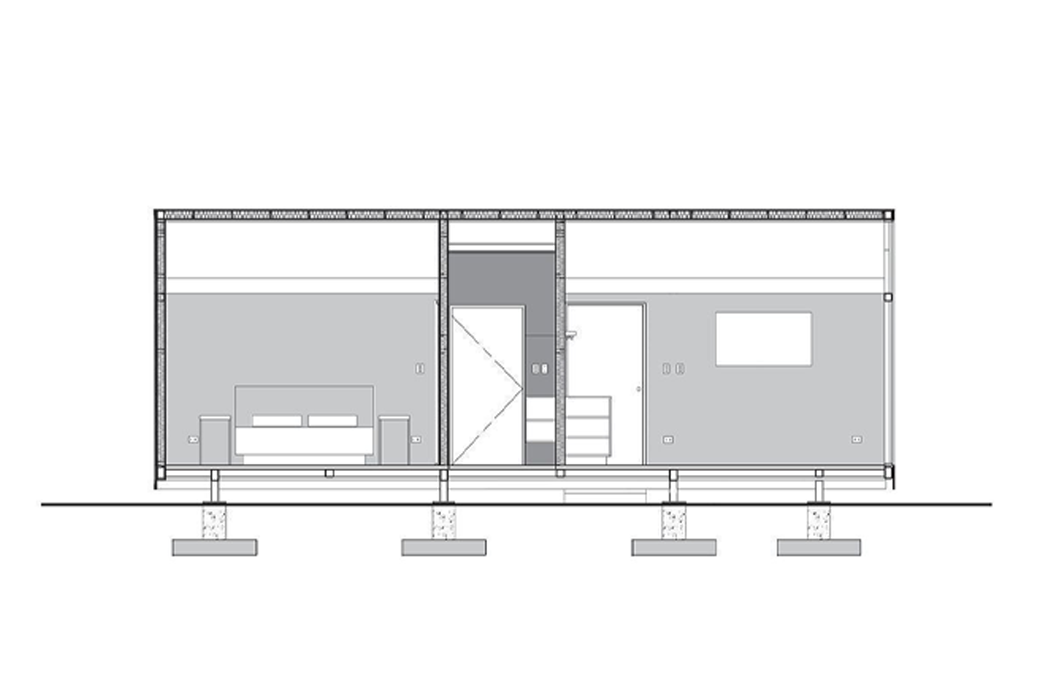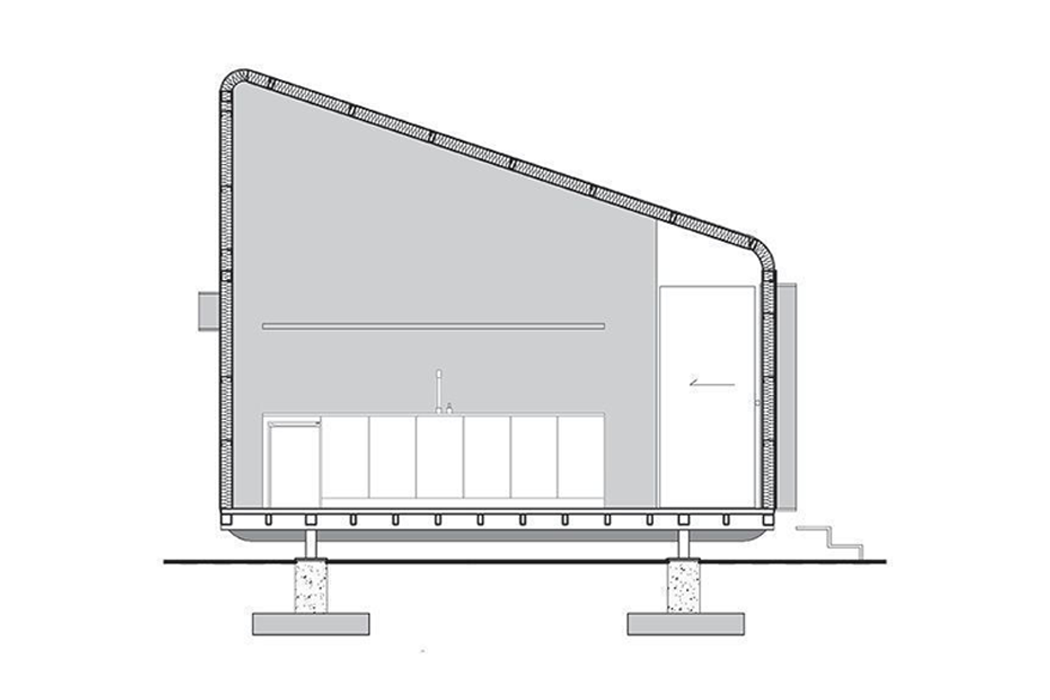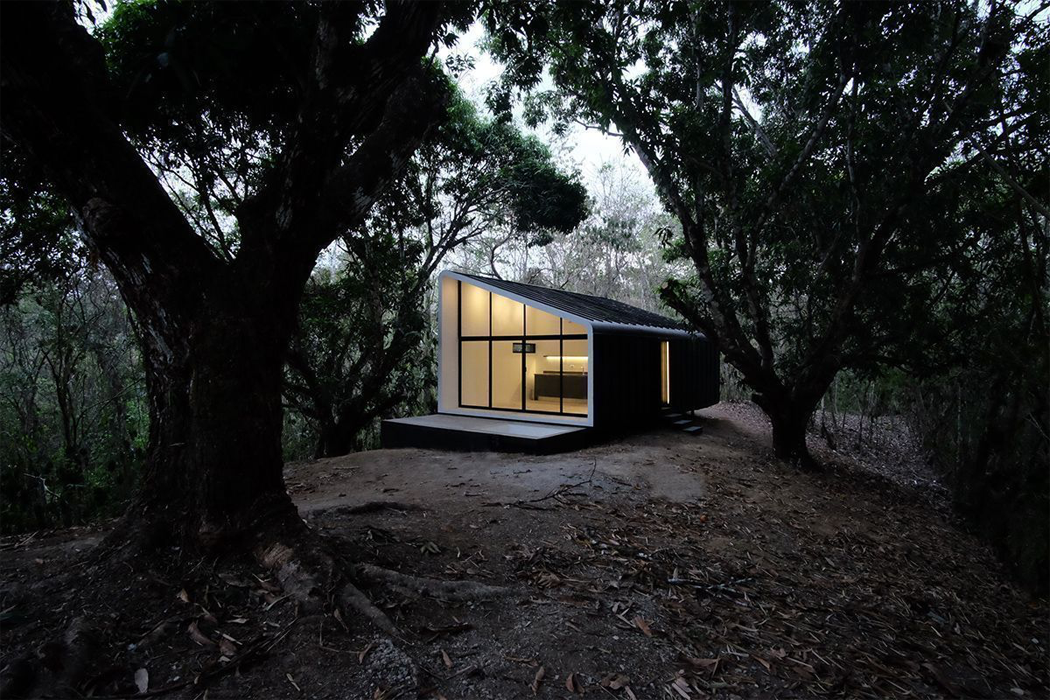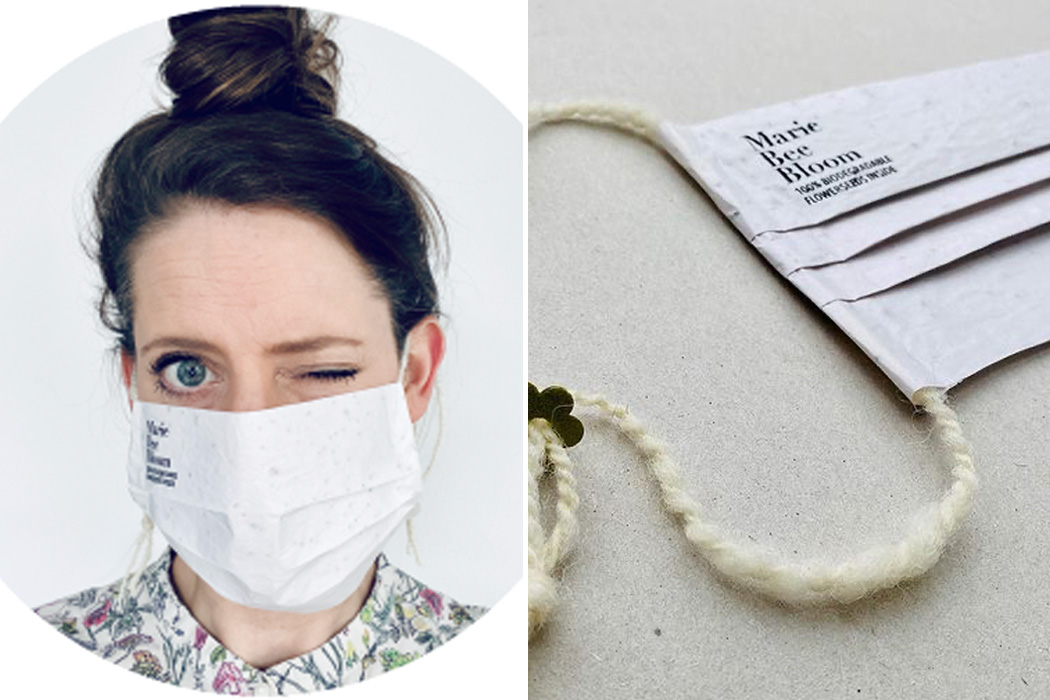
One sight we’ve all gotten used to since around this time last year is the littered surgical mask. Since the 2020 pandemic started, we’ve seen them crumpled on the side of the street, tangled up in bushes, buried in garbage piles, caught on tree branches– they’re everywhere. One study even shows that with each minute of the day, three million masks are thrown away. Since we’ve already seen some of the devastating effects of the global climate crisis, the need to redesign face masks that don’t contribute to the world’s microplastic pollution levels cannot be overstated.
Marianne de Groot-Pons, a graphic designer, based in the Netherlands, started Marie Bee Bloom, a biodegradable face mask company, to give back to the earth after noticing all of the blue disposable face masks littered in the street corners and leaf piles. Marie Bee Bloom face masks are made from rice paper in a Dutch sheltered workshop and are filled with a mix of Dutch meadow flower seeds. Since the masks from Marie Bee Bloom are biodegradable, they can be buried in the ground once they’ve been used, then the flower seeds encased inside each mask will have their chance to sprout and bloom. De Groot-Pons’s hope in designing Marie Bee Bloom masks is that they’ll grow into plant life and flowers to help cultivate the earth and nourish the bees that call it home.
Everything about the mask is biodegradable and sustainably constructed too– from the stamped logo to the glue that holds it all together. The woolen cords on Marie Bee Bloom masks are handspun from pure sheep wool, which can be tightened or loosened around the ear with the connected adjusting piece punched out of repurposed vegetable egg cartons. The glue that holds the cord to the mask is made from potato starch. De Groot-Pons says that Marie Bee Bloom masks have not been tested for protection factors. However, they are just as safe to use as homemade fabric face masks. Besides, aren’t we all wearing two face masks nowadays anyway? Wearing a Marie Bee Bloom face mask is an easy way to help yourself, the earth, and the bees.
Designer: Pons Ontwerp

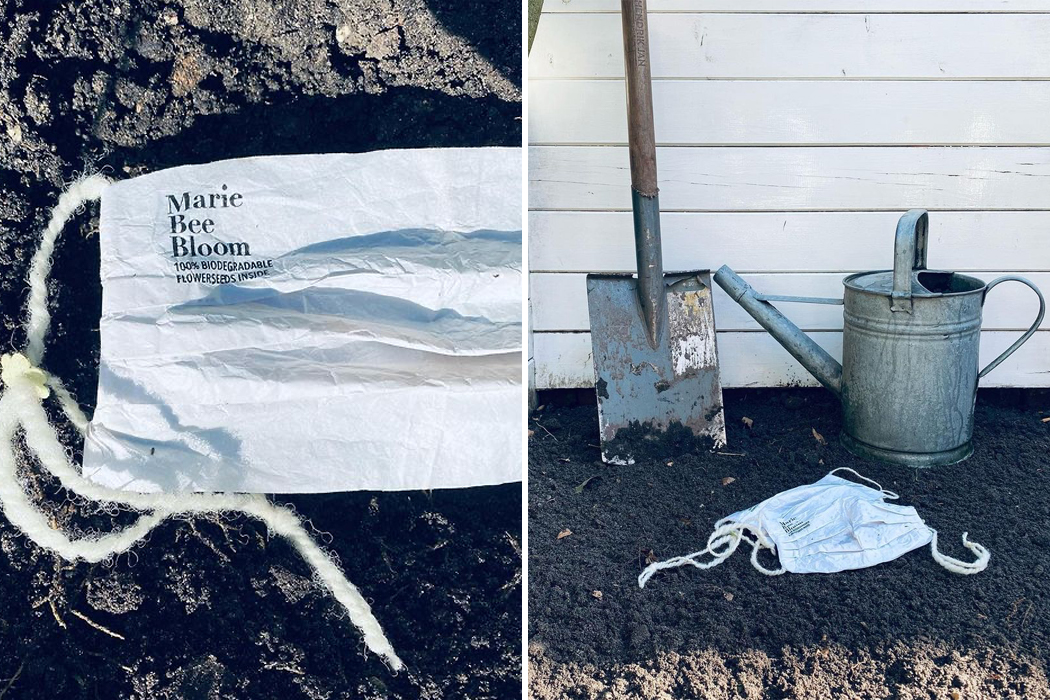
Marianne de Groot-Pons created Marie Bee Bloom after seeing all of the littered blue face masks outside.
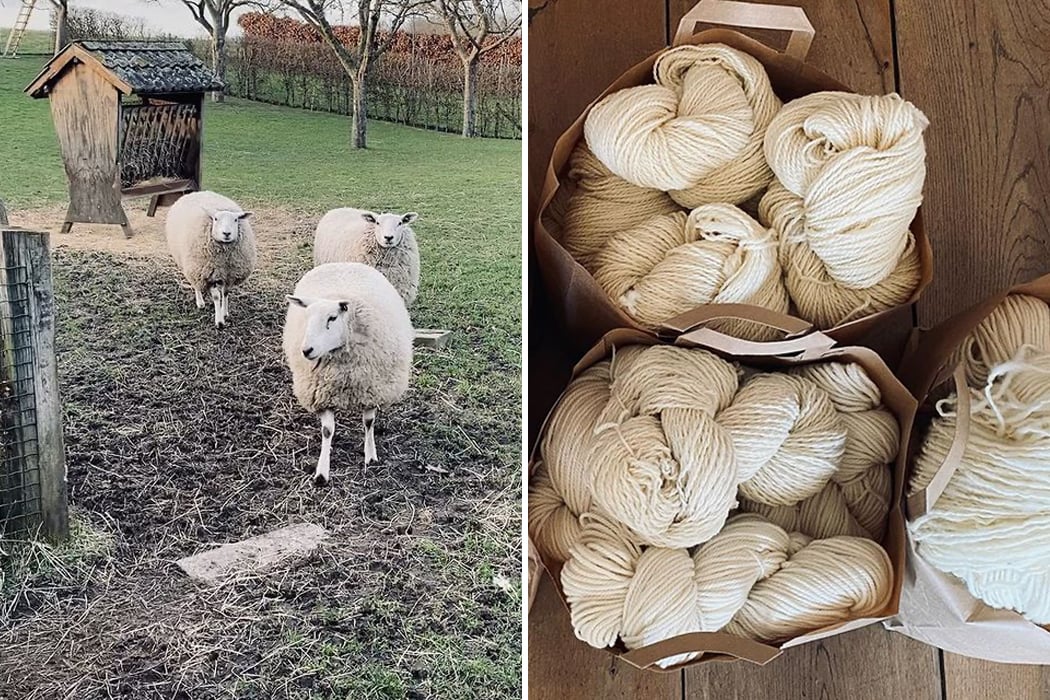
Made entirely from biodegradable material, even the cords are handspun from sheep wool.
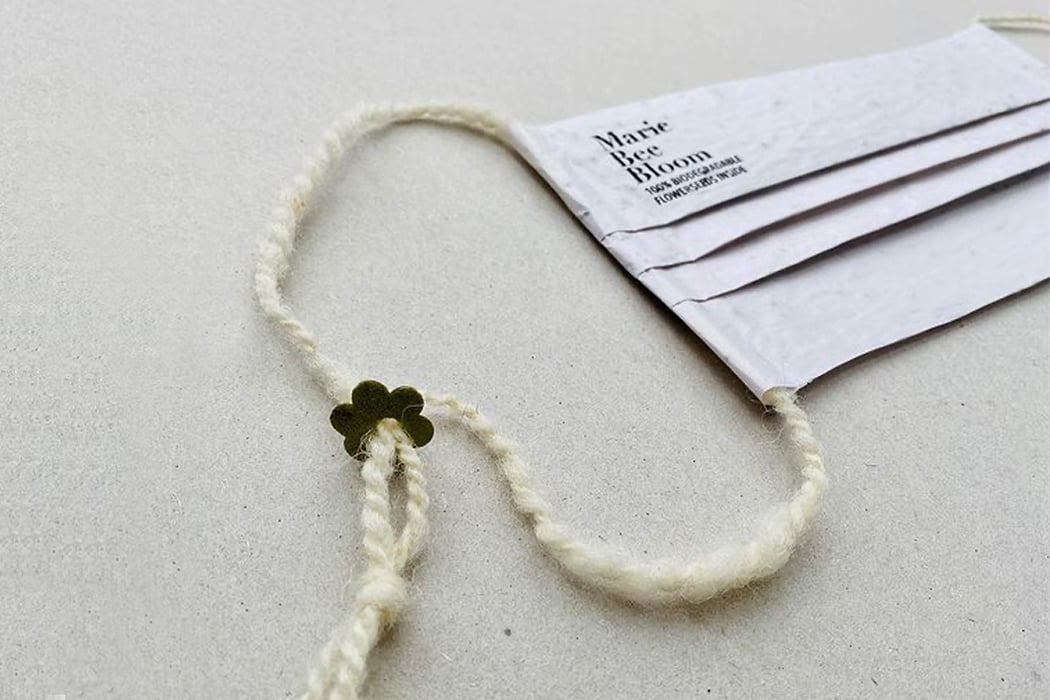
The mask’s adjusting cord-piece is shaped from vegetable egg cartons.
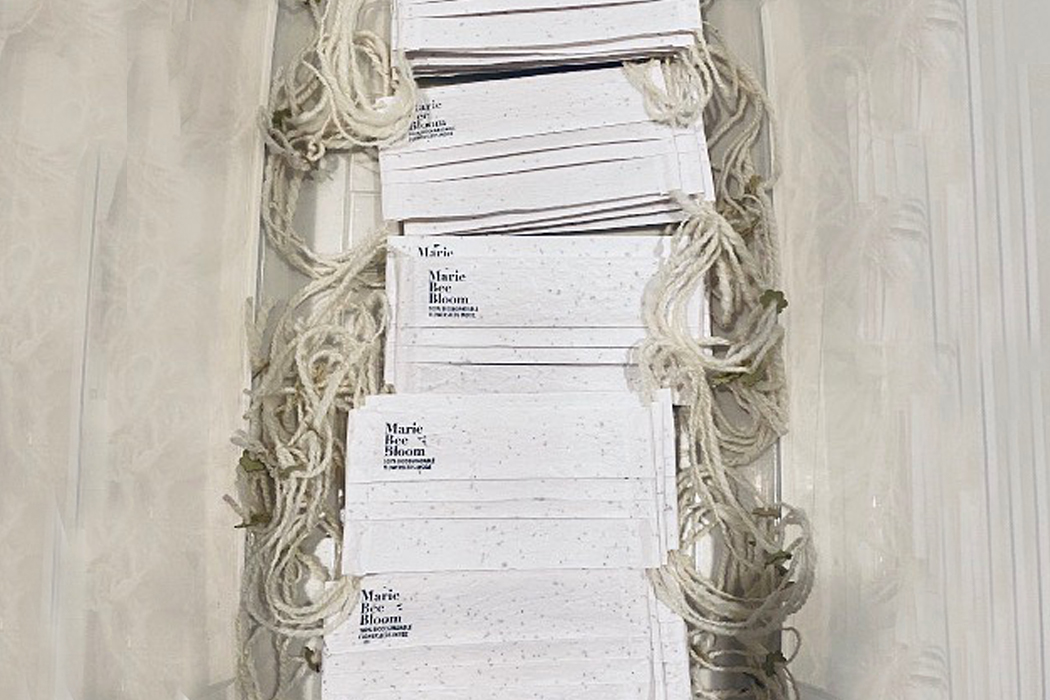
Currently, Marie Bee Bloom ships to the Netherlands, Belgium, and Germany, but aims to ship worldwide soon.
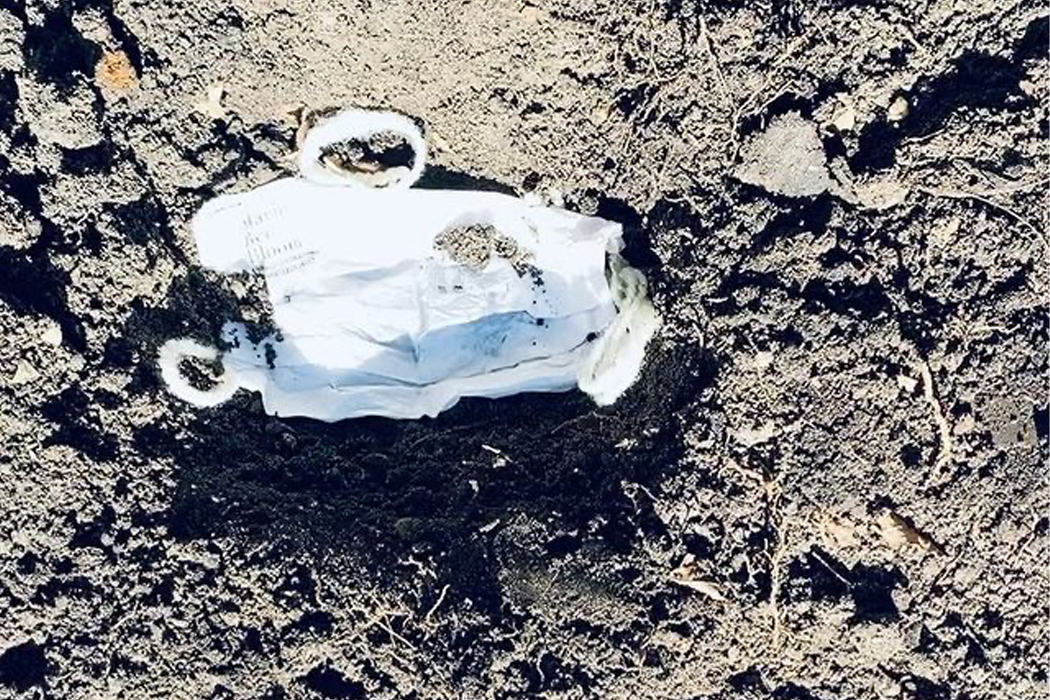
Once you’ve used your mask and you’re ready to dispose of it, simply bury it in the ground and tend to it like you would other planted seeds. Then, watch it grow and wait for the bees.
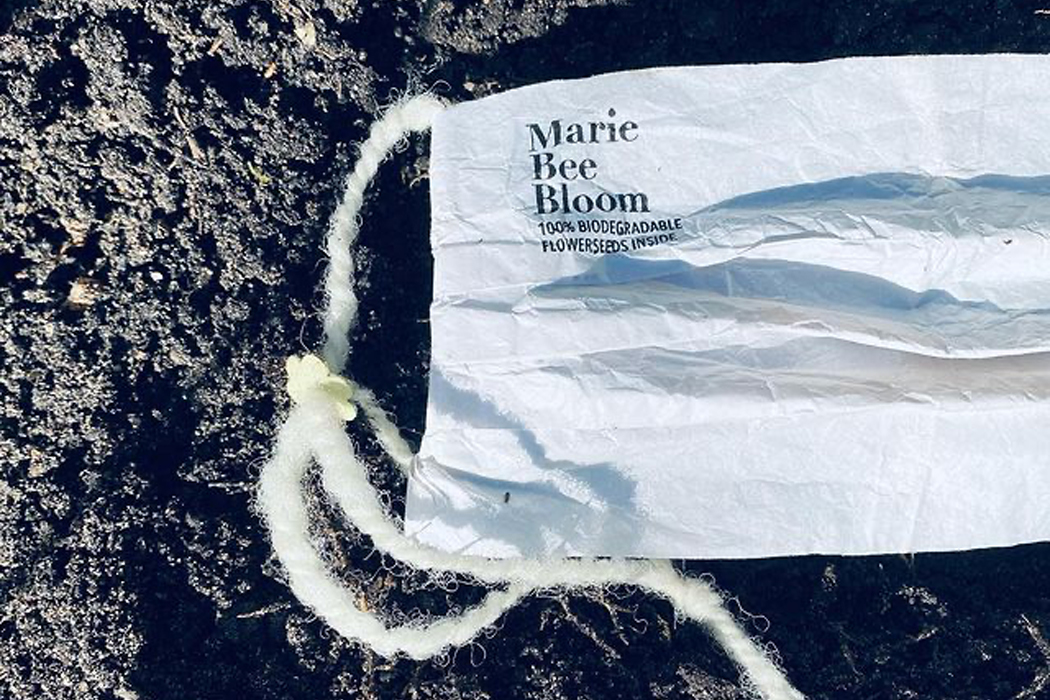
The mask is made from rice paper and the cord is handspun from sheep wool, which is held to the mask with glue made from potato starch.
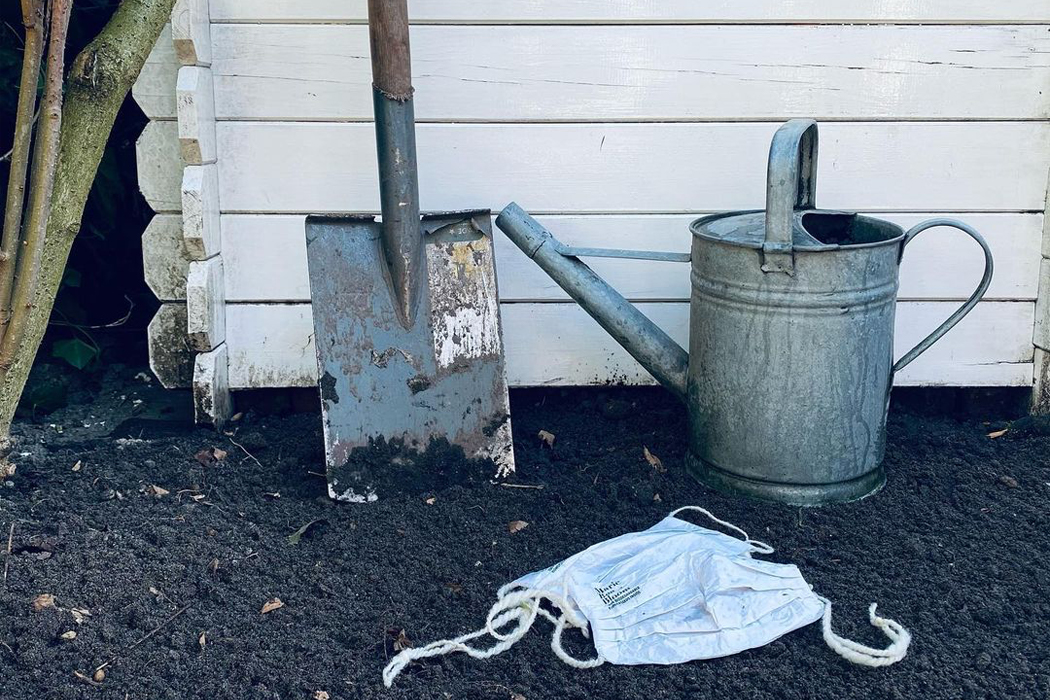
Wear the mask, bury the mask, sprout the seeds, watch the bees, and repeat.
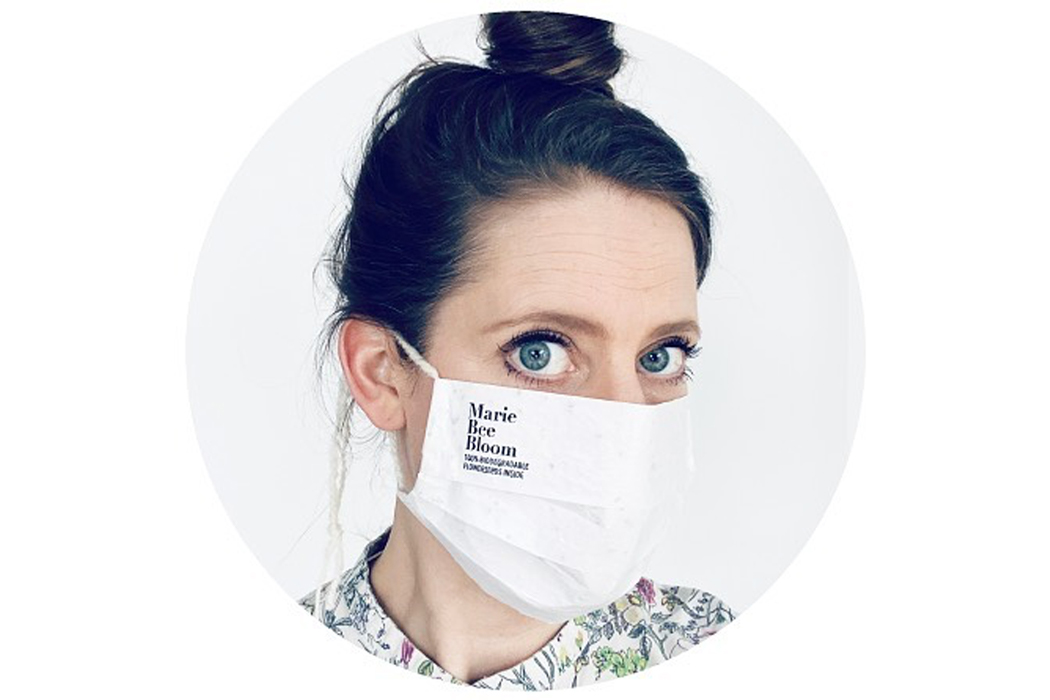
The designer Marianne de Groot-Pons wearing a Marie Bee Bloom mask.
